Eating raw foods: traditional foods, raw food benefits, Pottenger's cats, and the raw food diet.

Believe it or not, eating raw foods has been a cultural tradition for many people in many different countries for quite some time now.
If you have ever dined out at a fine Italian, French, or Ethiopian restaurant, you'll have seen a few of these traditional raw foods on the menu.
Have you ever tried carpaccio or steak tartare?
Personally,
I believe in eating raw animal foods for the raw food benefits that
come with these traditional foods. And there are numerous health
benefits!!
Also, now that I'm in my sixties, I've become very sensitive to the ill effects of eating cooked foods - especially cooked animal foods.
Why would cooked foods become a problem you ask?
Just read Pottenger's cats a groundbreaking study which shined a big light on the
difference that raw animal foods had on generations of cats versus cooked foods.
It proved that raw animal foods come with vital nutrients that are not found in their cooked food counterparts. Keep reading and I'll tell you more.
Traditional foods: eating raw foods from around the world.
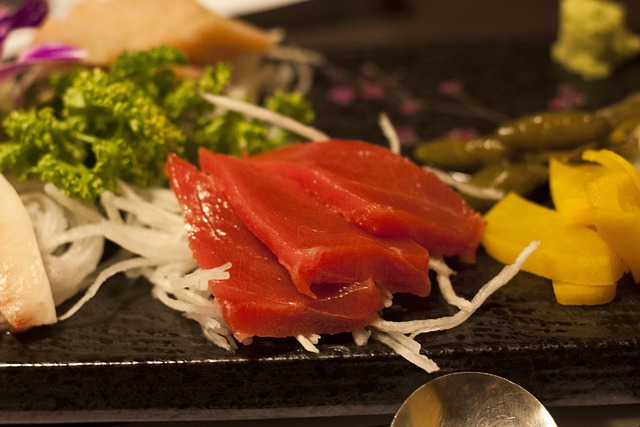
As most people already know, sushi and sashimi are traditional raw foods from the Japanese culture.
Did you notice that the Japanese people are pretty healthy and smart?
Before the age of pasteurized milk and its products, whole nations of people lived on raw milk, raw butter, raw cream, and raw cheese. These people were able to maintain a high standard of health.
However, most people will be shocked to learn, there are many traditional raw meat dishes that were consumed in many countries around the world, but for some reason eating raw meat is often discouraged or feared.
Which is why it took me a long time to eat raw meat. Ironically, now I actually fear eating cooked meat - LOL!

Cooked meat comes with many toxins such as heterocyclic amines (HCAs) and polycyclic aromatic hydrocarbons (PAHs).
These toxins are formed when muscle meat (beef, pork, fish, or poultry) is cooked using high-temperature methods such as grilling.
Advanced glycation end products (AGEs) are another well known cooked food toxin produced by frying, roasting, browning, or grilling meats.
Despite being more nutritious and being free of these cooked food toxins, eating raw foods like raw meat may not be for everyone, but I guess you won't know until you actually give it a try.
Traditional raw meat dishes from around the world.
The following raw meat dishes are some of the most popular or well known in their respective countries.
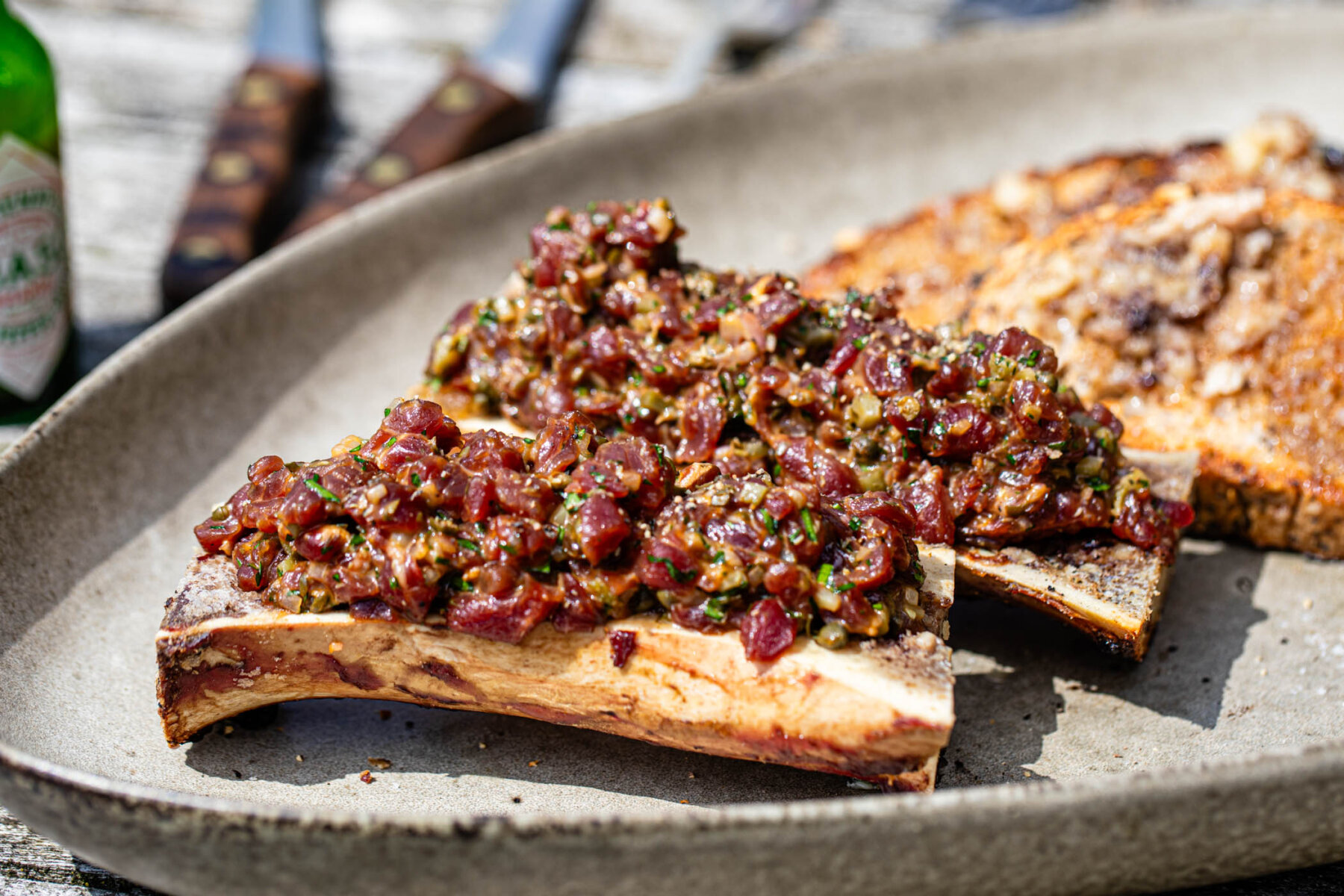
There are also many different variations of these raw meat dishes to try or create. Always remember, people like to eat with their eyes first.
Most of these raw meat dishes are usually seasoned with salt. I personally do not believe in eating salt, so I don't add any salt to my raw meat dishes.
Eating raw foods in France: Steak Tartare or Beef Tartare

Steak tartare is a French classic that's served as a very nutritious appetizer.
This
famous raw meat dish is usually made with finely chopped beef
tenderloin.
Steak tartare is typically seasoned with salt, pepper, Worcestershire sauce, and Dijon mustard.
Capers, shallots, herbs, and chopped gherkins are other popular ingredients used to make steak tartare.
After mixing everything together, the meat mixture is usually shaped with a mould and then topped with a raw egg yolk.
This classic raw meat dish is usually served with French fries, rye bread, or toasted bread. My nutrient dense version of how to make steak tartare.
Eating raw foods in the United States: Tiger meat, Cannibal sandwich, and Parisa
Just to be clear, these American classics are not made from a Tiger or another human being! Probably just given names that helped create an adventurous culinary experience.

Tiger meat is a traditional South Dakota delicacy and is often found at local butcher shops.
It's made with fresh, high-quality raw ground beef.
Tiger meat is usually made with salt, pepper, onions, Tabasco sauce, and spices like cayenne.
It's served cold, often spread on crackers or bread.
Some variations include raw egg yolk, mustard, garlic, and Worcestershire sauce.
Rreflecting European immigrants steak tartare influences.

Surprisingly, a cannibal sandwich (sometimes referred to as tiger meat) is a long-held tradition in Wisconsin especially during the winter time and at holiday gatherings.
Usually, a cannibal sandwich is seasoned raw ground beef topped with slices of raw onion on rye bread.
Parisa aka cowboy ceviche is a Southern Texan raw meat specialty.
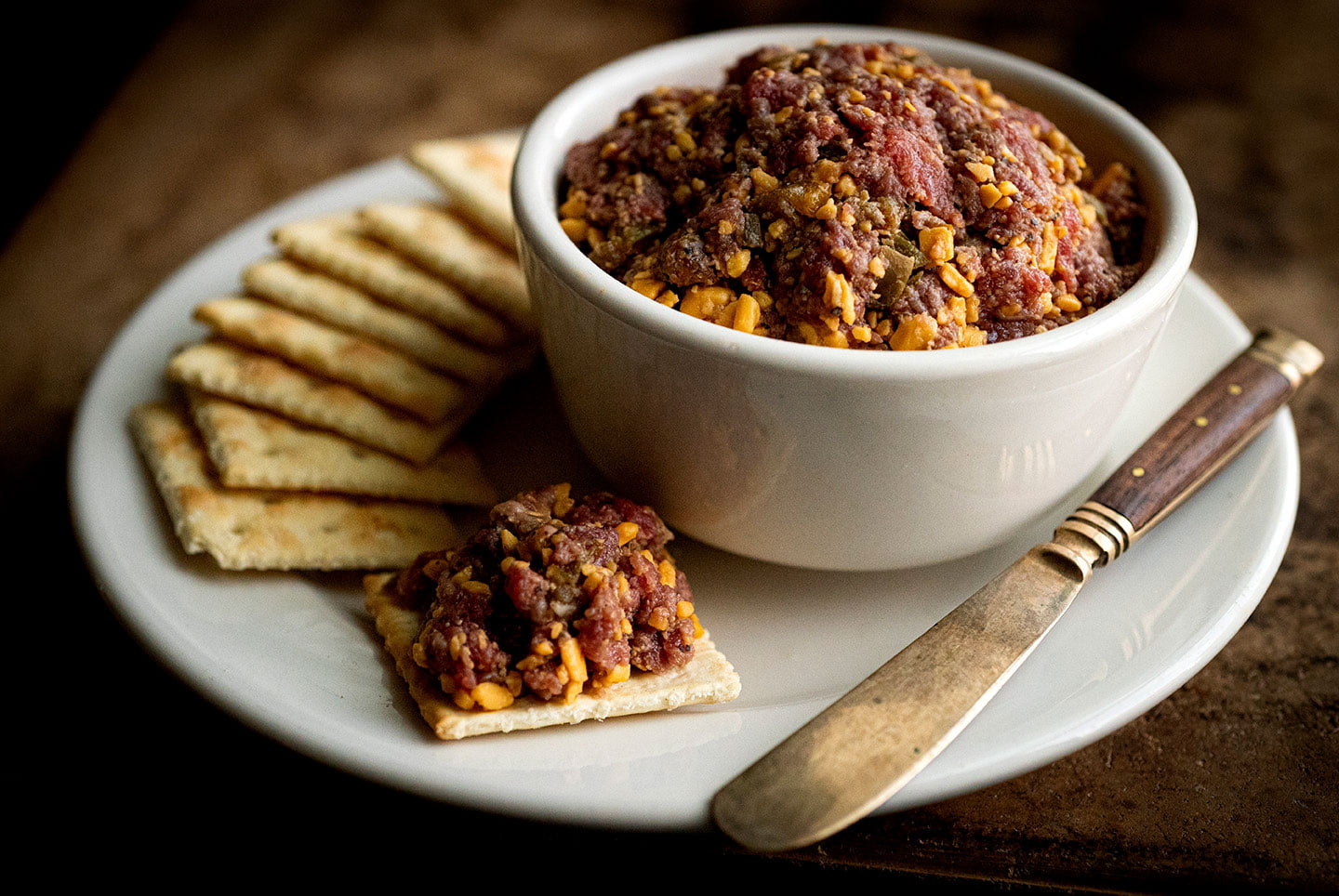
Parisa or cowboy ceviche can be made from raw beef, bison, or venison.
The raw meat is mixed with cheddar cheese, minced onions, citrus juice, and hot peppers.
Parisa is usually spread on crackers or bread. Some people eat Parisa with chips.
All of these American raw meat traditions came from the influence of European immigrants.
Eating raw foods in Germany: Mett
This popular German raw meat dish is made from minced raw pork. Yes, you heard that right - raw pork!
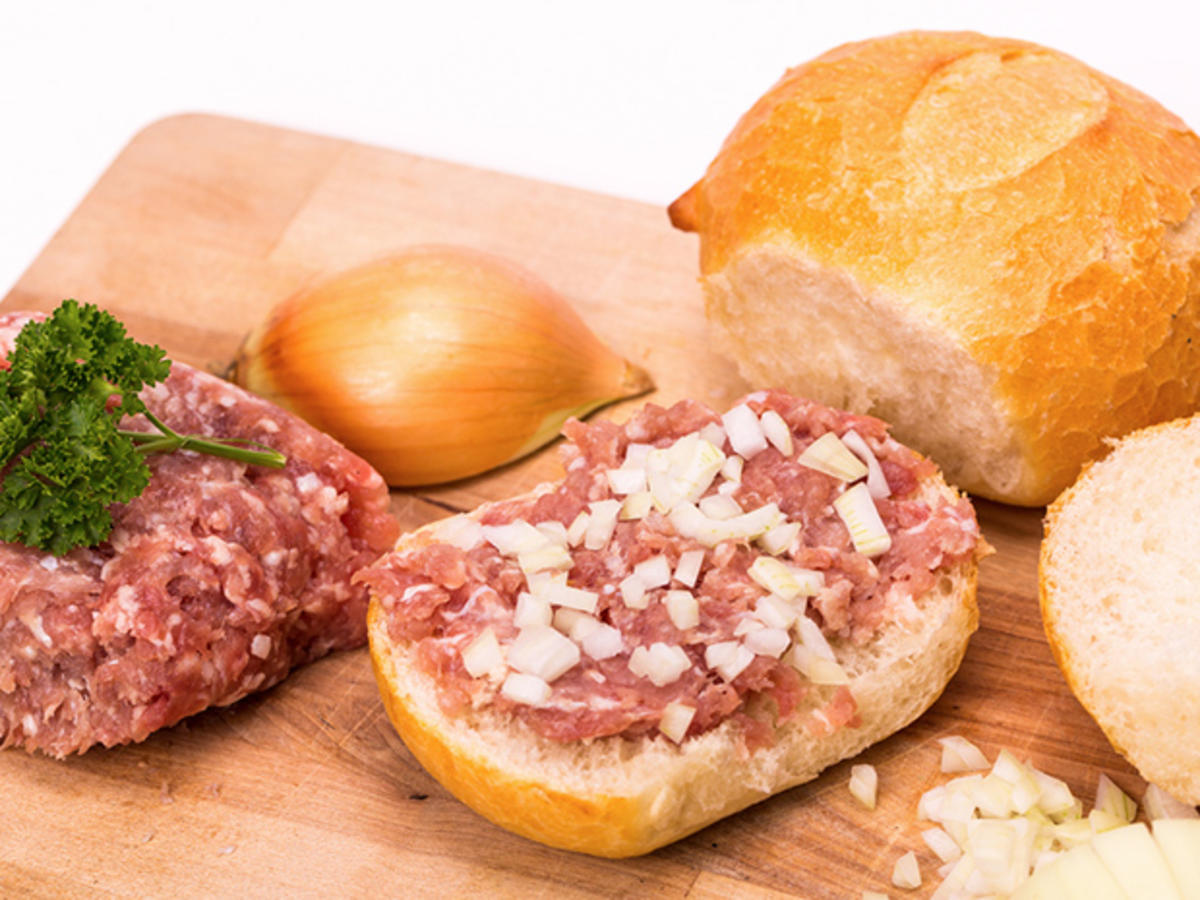
This raw pork specialty is usually flavored with salt and pepper. It can also be enhanced with crushed caraway and garlic depending on where you live in the country.
Marjoram and nutmeg are also added for additional flavor.
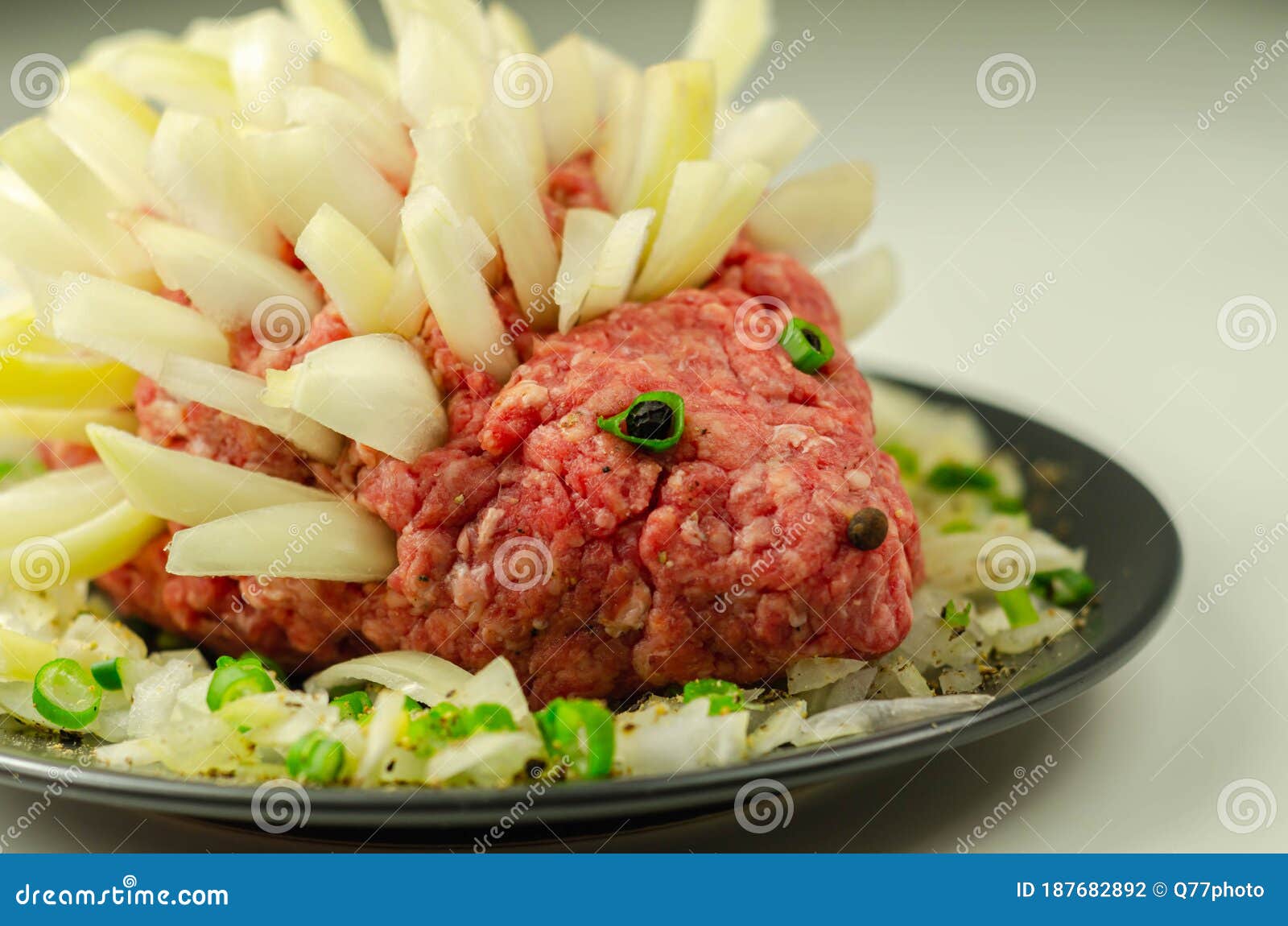
In Germany, seasoned raw minced pork is slathered on bread rolls or slices of bread. Sometimes, with raw onion on top.
Mett is also shaped in the form of a hedgehog for festive occasions. Sliced white onions are placed on top in rows to emulate the spikes.
Eating raw foods in Italy: Beef Carpaccio

This famous traditional Italian raw meat dish can be served as an entree or appetizer.
Carpaccio consists of very thin slices of raw beef sirloin arranged in a single layer on a plate.
Carpaccio is usually served with extra virgin olive oil, Parmesan cheese shavings, and lemon juice.
You can also top this appetizer with arugula, truffle shavings, or Dijon mustard if you like.
Carpaccio was named in honor of the painter Vittore Carpaccio whose style and bold colors where reminiscent of the intense red color of raw meat.
This raw meat dish was created around 1950 by a Venetian restaurateur named Giuseppe Cipriani, the owner of Harry's Bar.
It's said that he was inspired by a raw meat specialty from the region that was eaten for centuries.
Rumor is Giuseppe first made this raw dish for a Countess whose doctors had recommended that she eat raw meat!
Eating raw foods in Korea: Yukhoe
This delicious Korean raw meat dish consists of thinly sliced or julienned beef marinated in a soy-based sauce that can include sesame oil, garlic, salt, pepper, ginger, and a sweetener like honey.
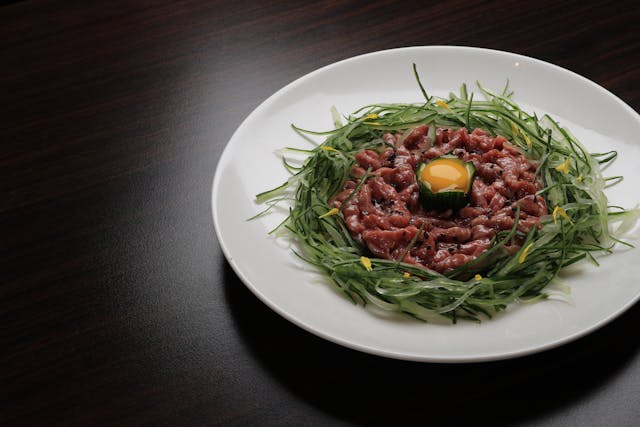
Good quality lean beef is used to make Yukhoe such as flank steak, sirloin, or filet mignon.
This
raw meat dish is almost always topped with a raw egg yolk. Sesame
seeds are typically used as a garnish and sometimes pine nuts.
Thinly sliced Korean pear is often served as a side for this Korean raw meat dish. However, this raw dish can also be served with shredded cucumber or shredded scallions.
Eating raw foods in Ethiopia: Kitfo
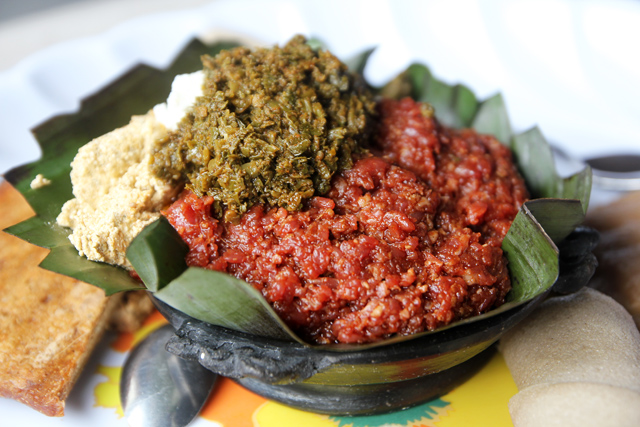
Kitfo is a popular raw meat dish from Ethiopia and this is what I eat when I go to an Ethiopian restaurant.
It's delicious and very spicy!
Kitfo is made from raw quality beef that is minced or freshly ground.
The raw beef is combined with mitmita which is an Ethiopian hot blend of spices and niter kibbeh a seasoned clarified butter.
This spicy raw meat dish is usually served with cooked greens, soft cheese, and a fermented flat bread called injera.
As you can see the tradition of eating raw meat is practiced all around the world. Why is that you say?
Probably because of the nutrients that you'll receive from eating raw foods like raw meat and it's also an easy to digest protein.
Raw food benefits: whole vitamin complexes and increasing your enzyme potential!
A couple tremendous raw food benefits that you'll receive from eating raw foods is consuming whole vitamin complexes and increasing your enzyme potential.
In order to carry on with the life process, each of your 80 to 100 trillion cells must digest constructive food, excrete wastes, repair itself, and carry on with other essential functions every day.
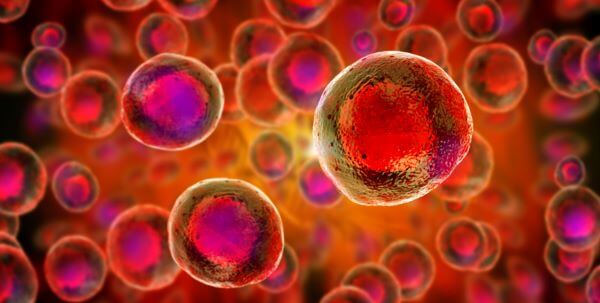
Your cells will require all the known and unknown factors of nutrition!
It would be foolish of you to think, your body can function effectively just by consuming cooked foods and taking synthetic supplements.
Whole Vitamin complexes: different than what most people would consider a vitamin.
A vitamin is considered a single substance by most people. You'll often hear people say, "Are you getting enough vitamin C or vitamin D?
Unfortunately, many will run to the nearest drugstore or even a health food store to pick up a bottle of these synthetic and isolated vitamins.
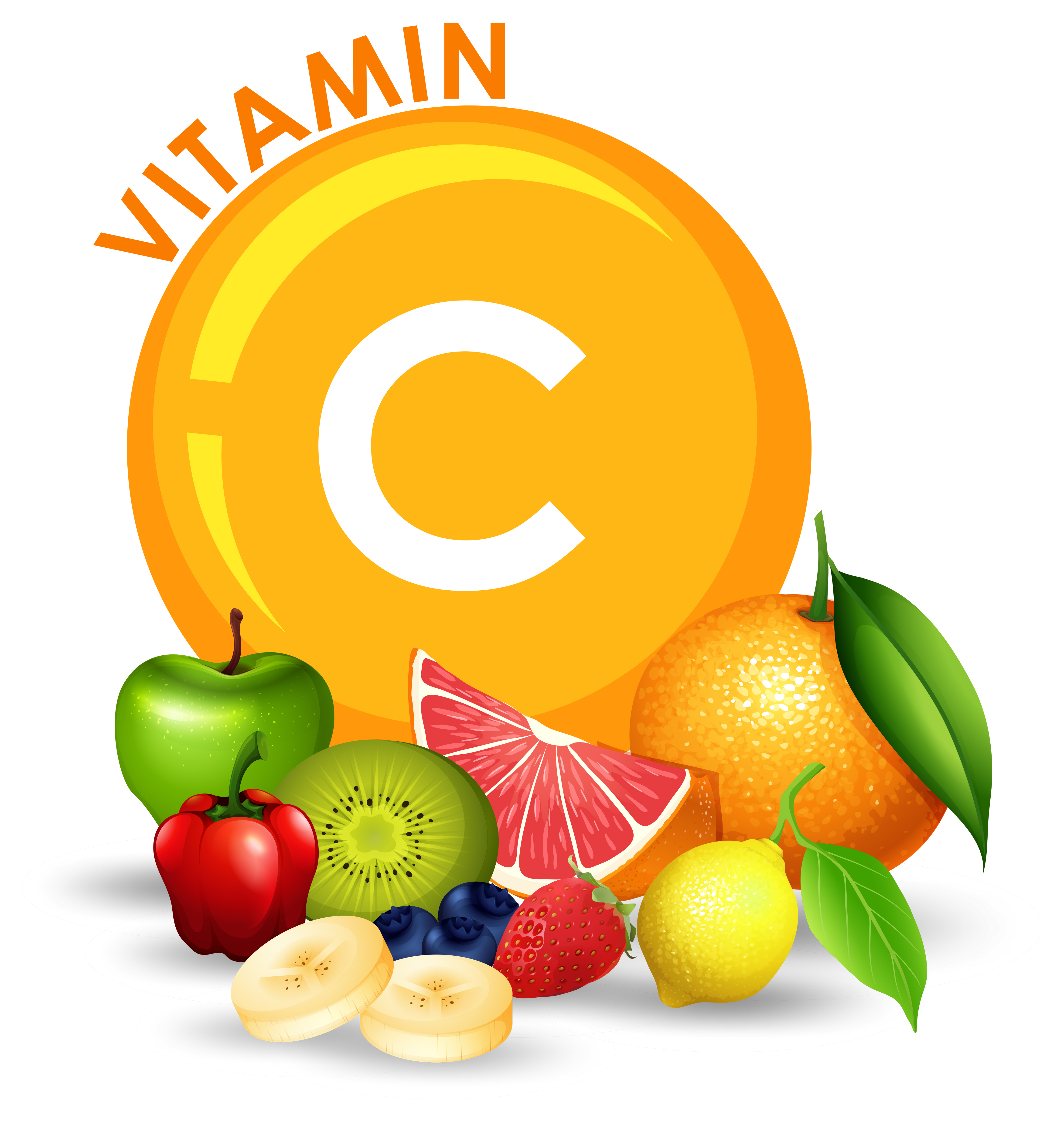
Did you know vitamins found in Nature come with many other co-factors which makes them a functional complex?
The word "complex" comes from the Latin, complexus, for "woven together," indicating an inseparableness which otherwise would disrupt and destroy the whole.
Vitamins never occur by themselves in nature!
This is a known fact and has been shown by scientific examination and experimentation.

The Real Truth About Vitamins & Anti-oxidants by Judith A. Decava makes clear, "Isolated, nonfood, or manufactured "nutrients" have a limited effect compared to their natural complex counterparts found in whole foods.
Their effect is more drug-like than nutritional. They produce symptoms and if taken in high doses or for long periods of time - create biochemical disruptions.
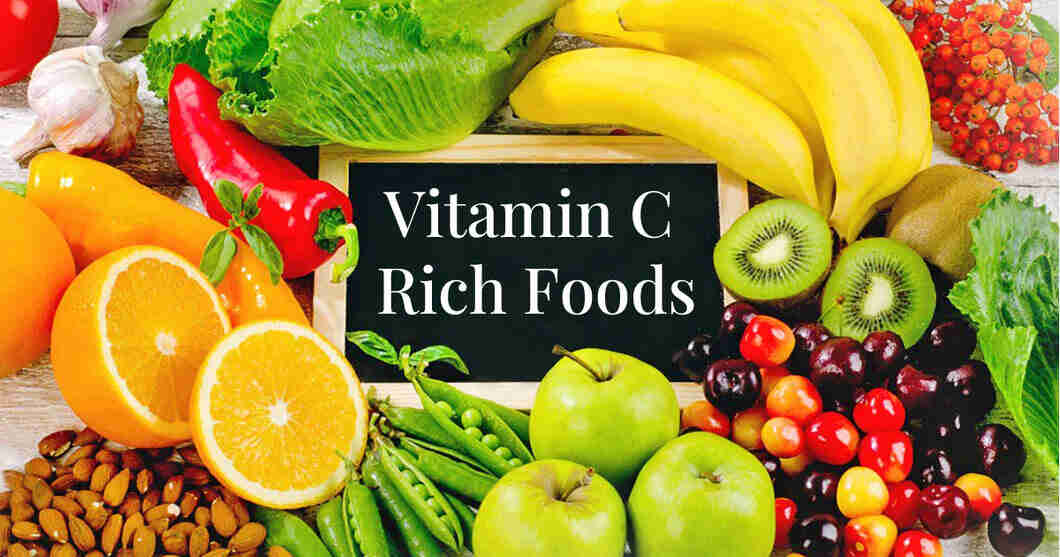
On the other hand, vitamins from whole foods come packaged with innumerable co-factors that function in an interrelated, balanced, intricate, symbiotic arrangement to ensure optimal use and benefit for the body.
Whole vitamin complexes are the safest and best way - Nature's way - of providing optimal nutrition for your body.
All human beings need the same nutrients, but in different amounts.
Did you know each person is unique in their nutritional requirements?
We all have similar nutritional needs, but the quantities of each nutrient will vary from person to person.
For example: Harry might need 10 times the amount of vitamin A than his wife Sue. And Sue might need 4 times the amount of vitamin C than her husband Harry.
They both need vitamin A and C to stay healthy - just in differing amounts. Also, various tissues within each person will have different requirements.
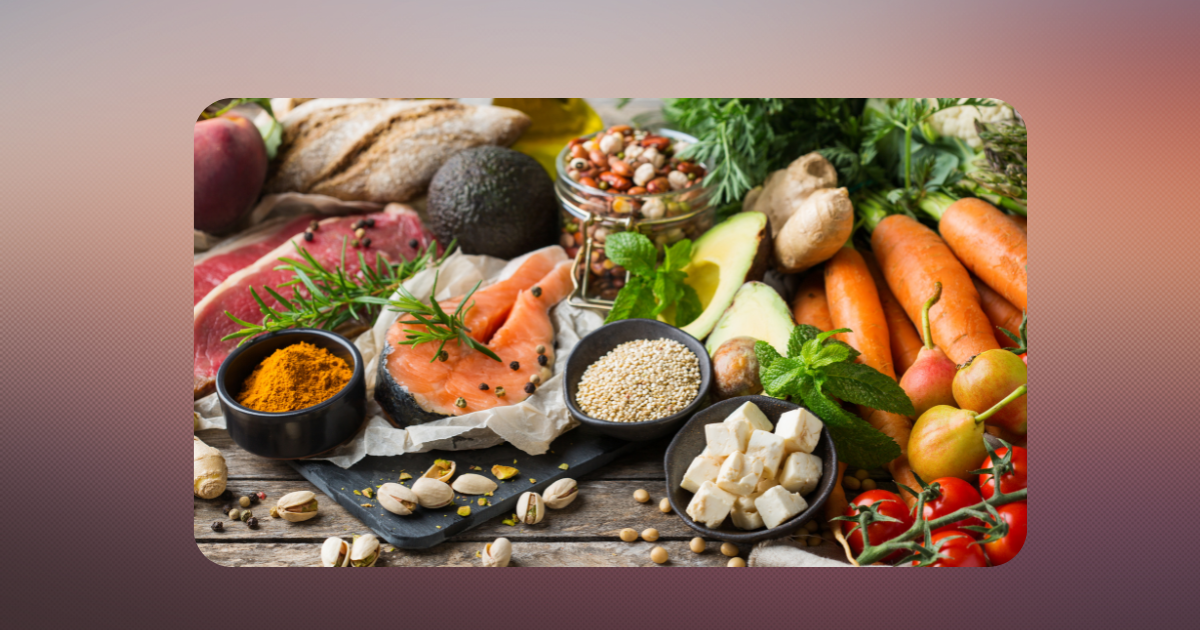
If Harry and Sue consume whole foods or food concentrates that contain whole vitamin complexes, their bodies will choose the correct amount of vitamin A and C needed and will excrete the rest.
This is called selective absorption.
However, with man-made vitamins that are fractionated, isolated, and synthetic - Harry and Sue won't have that choice!
They must handle these unnatural and often high-dose vitamins in some manner which often leads to suffering the consequences of biochemical imbalances and toxic overdoses!
Isolated vitamins: when the honeymoon phase is over - watch out!!
As will be shown shortly, vitamins from foods in their natural, complex form are far superior to isolated or chemically-manufactured drug-like substances commonly called vitamins.
In the beginning of taking man-made vitamins, there is an "apparent" physiological response that may even feel "blissful" to some.

Many will experience an immediate energy increase which often occurs when taking drugs. This "seemingly" good response masks or hides symptoms.
- Drugs either stop or slow a certain body function or stimulate some body function.
The relief you feel from taking these drug-like vitamins may be short-lived and only temporary.
- After a period of time, your body's reserves of the complex co-factors of these "so-called-vitamins" will be depleted - the "honeymoon phase" will be over!
This will be shocking!! Did you know that synthetic and isolated vitamins can actually create deficiencies?

Because "isolated" vitamins taken into the body must be "put into the proper combination" or recombined with other natural components of that vitamin complex before they can function as a vitamin in your body.
These natural components will be taken from your body's reserves!!
You know those missing and natural co-factors. This could lead to if taken for a long time or if you have a marginal deficiency of the co-factors - to a deficiency of nutritional components that will create imbalances in your body.
- Imbalances may actually turn out to be worse than a deficiency!
Ironically, this may cause a deficiency of the vitamin itself because of taking an "isolated" and usually high-potency form of the vitamin.

Additionally, prior to being "recombined", most - if not all - of the isolated vitamin will be lost through your kidneys. Have you heard the phrase, "Expensive Urine"?
Vitamin C: will be a come-to-Jesus-moment!

Vitamin C is actually a complex that's found in both plants and animals.
Vitamin C contains many co-factors such as rutin or vitamin P, tyrosinase or organic copper, the "J" factor, vitamin K complex, bioflavonoids, ascorbic acid, and more all bound to a protein.
These factors are linked together in a biochemical or live complex.
Most of the vitamin C that people buy at stores does not even come close to being the real thing. It's mostly chemically-manufactured crystalline-pure ascorbic acid.
Ascorbic acid is just a single component and the antioxidant part of the vitamin C complex.
In 1747, James Lind a surgeon's mate in the British Navy, observed that fresh vegetables and fruits like citrus fruits - cured scurvy - a killer disease that debilitated sailors.
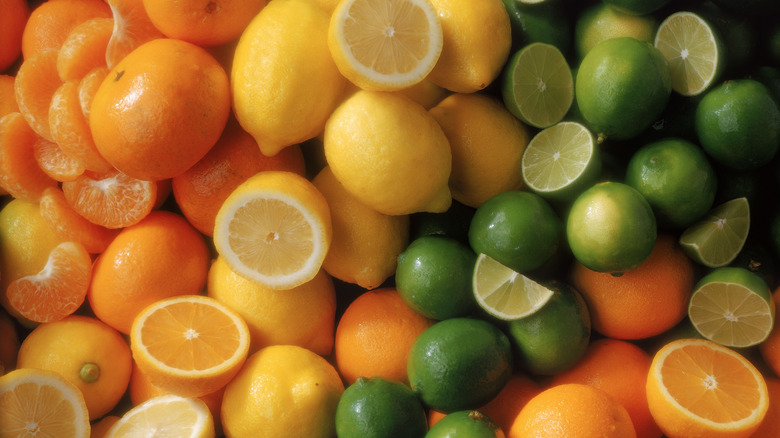
Scurvy is a disease caused by a serious deficiency of vitamin C and citrus fruits are well known to contain the vitamin C complex.
The Real Truth About Vitamins & Anti-oxidants states, "Many people in industrialized countries like the U.S. show all the signs of sub-clinical scurvy and even clinical scurvy.
Although, this is not usually recognized because the disease is considered "extremely rare" today". Or is it?
Did you know that vitamin C is easily oxidized and will disappear in the storage of fresh fruits and vegetables?

It's best to eat freshly picked fruits and vegetables whenever possible to get an adequate amount of vitamin C. That's why it's important to have your own garden or shop at places that sell local produce.
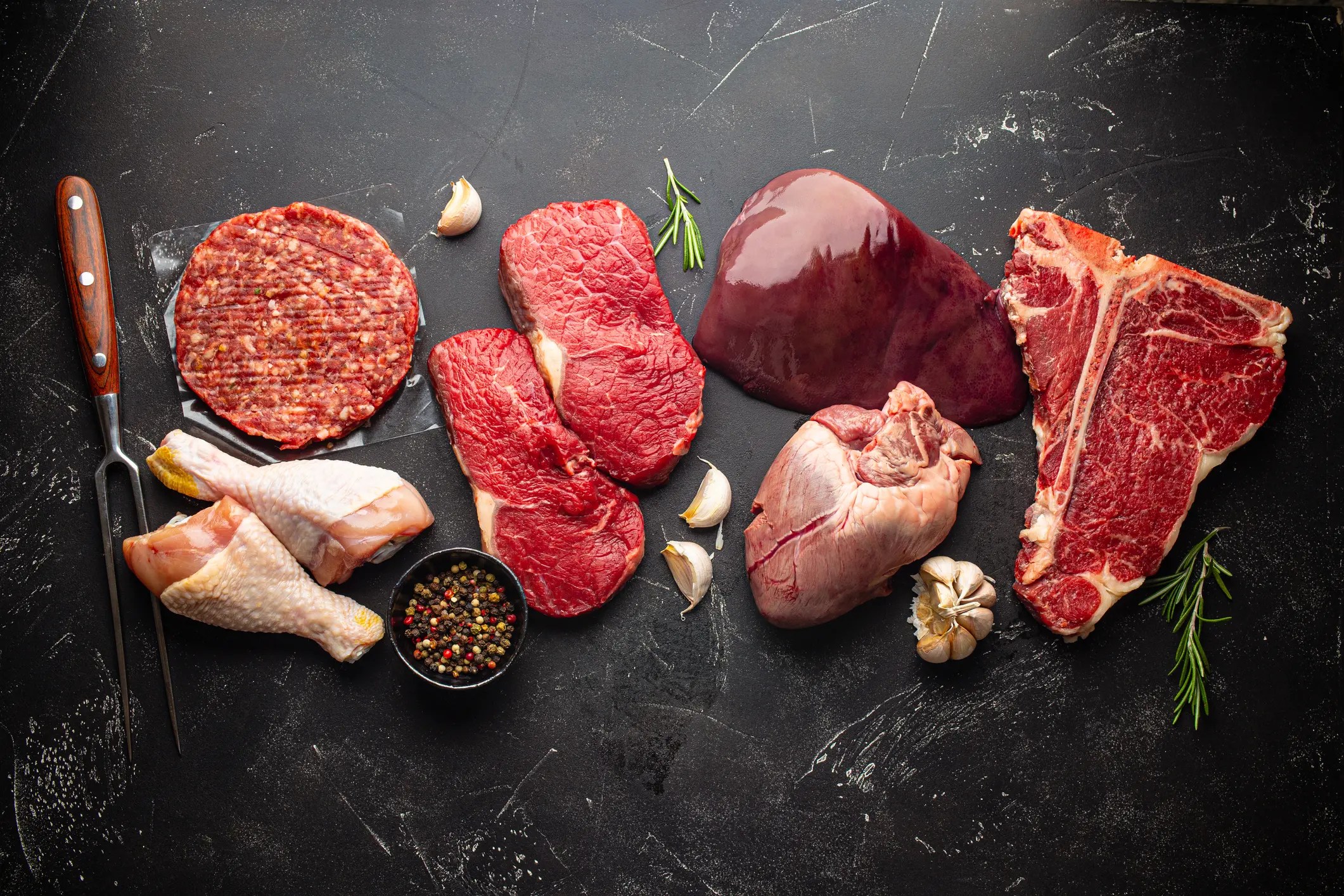
Fresh meats and organ meats contain "valuable amounts" of vitamin C, but in cold storage, vitamin C will be completely oxidized.
Did you notice that most of our meats are frozen these days?

Another good source of the vitamin C complex is raw milk. However, pasteurization and irradiation destroys vitamin C.
As you can see a deficiency is highly possible because a lot of our foods are harvested too early, irradiated, shipped too far, pasteurized, and stored for too long in cold storage.
Did you know that vitamin C is needed for almost all of your metabolic processes?
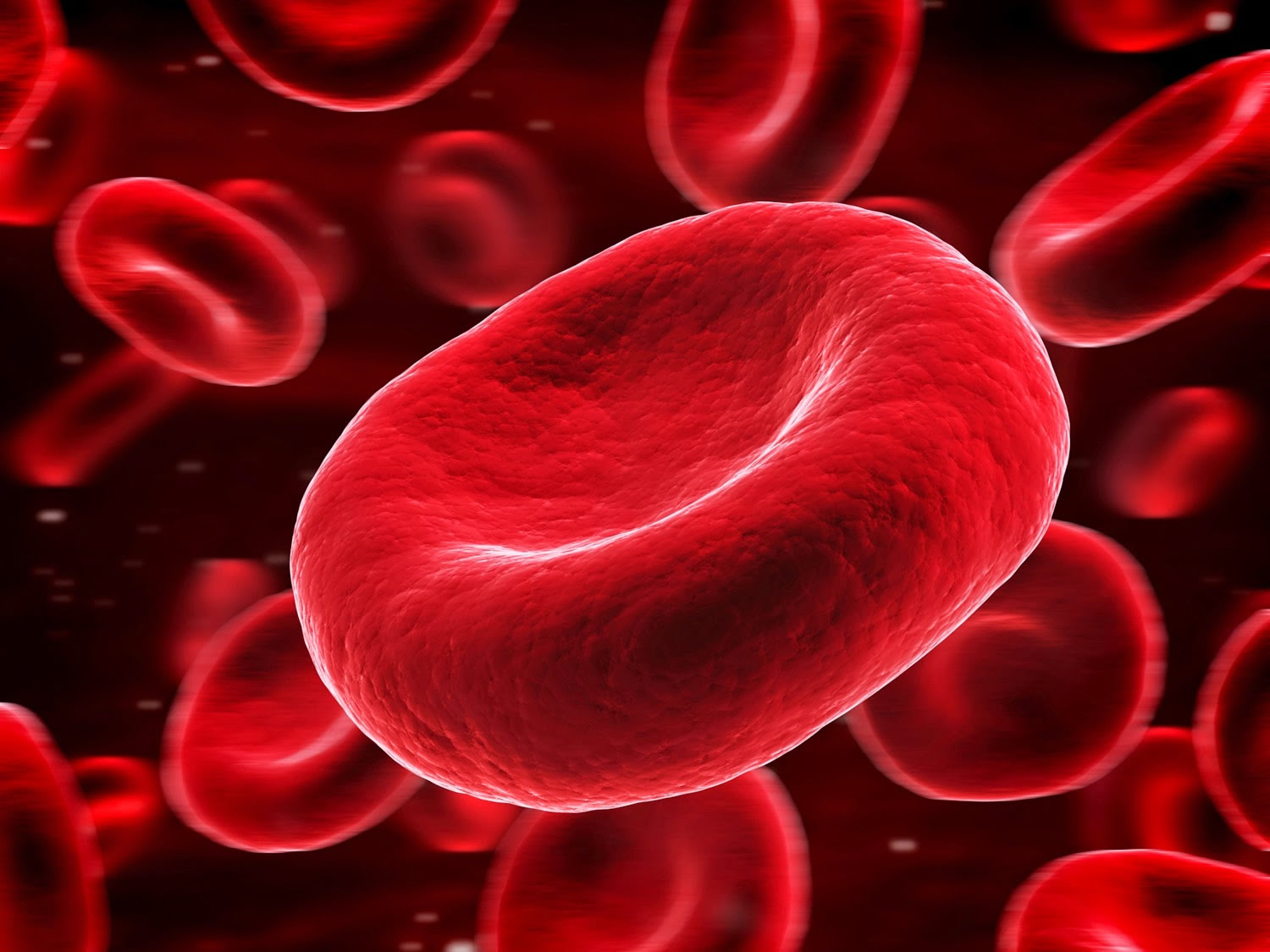
The vitamin C complex is needed for oxygen utilization, regeneration of blood cells, and iron/other mineral uptake.
This vitamin is needed for endocrine function, metabolism of amino acids, cholesterol metabolism, respiratory enzyme systems, and utilization of folic acid/other nutrients.
Vitamin C is needed for glutathione concentration (which helps guard against inflammatory diseases & other diseases), cold-tolerance, proper blood-clotting time, growth, steroid hormone production and metabolism.
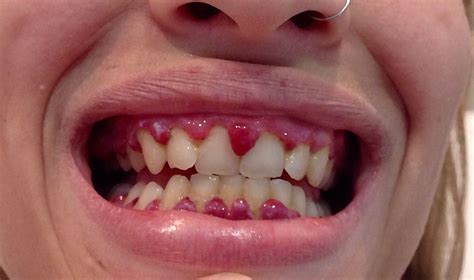
It's also needed for your bones, teeth, and gums. Loose teeth and bleeding gums is a sign of vitamin C deficiency.
There is evidence that vitamin C aids in the prevention of cancer by supporting the body's defenses and preventing toxic substances from developing into carcinogens.
A vitamin C deficiency can be a disaster: ascorbic acid cannot cure scurvy.
Kenneth Carpenter - in his book on the history of scurvy: "If we exclude straightforward famine, scurvy is probably the nutritional deficiency disease that has caused most suffering in recorded history."
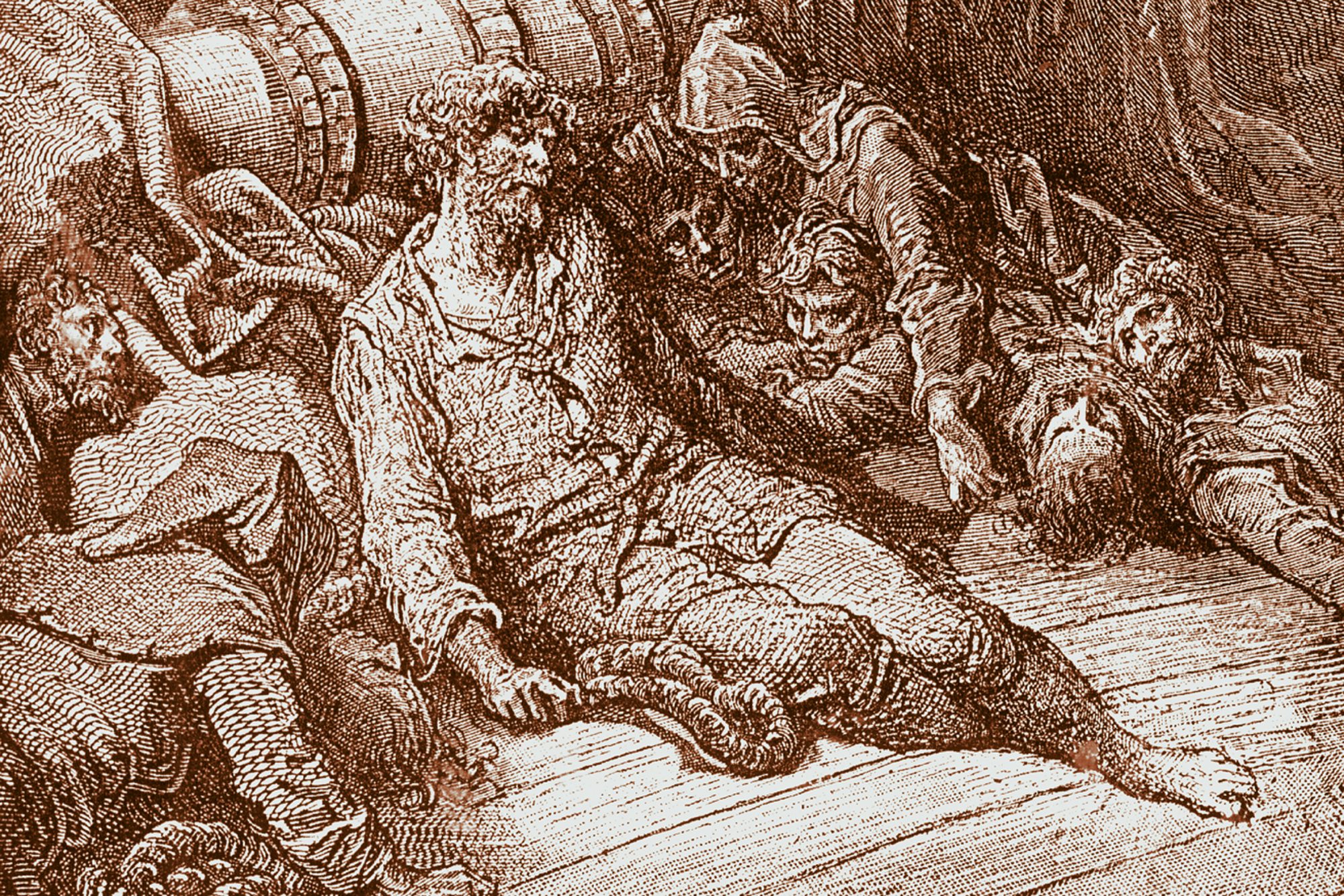
Man-made, crystalline-pure, and isolated ascorbic acid, devoid of its co-factors can not cure scurvy which is an overt vitamin C deficiency!
Without its co-factors or synergists, ascorbic acid will not nearly have the same benefits of the complex form of the vitamin.
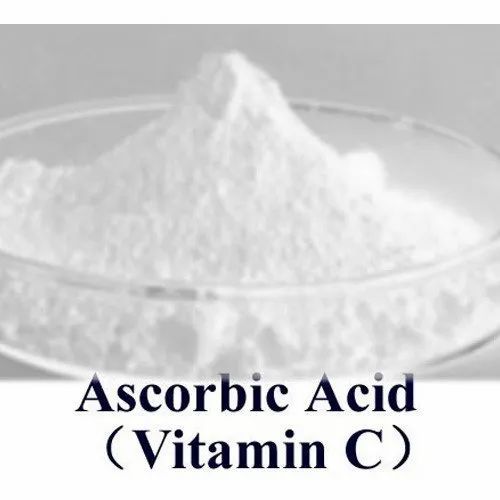
The ingestion of isolated ascorbic acid depletes bodily stores of other parts of the vitamin C complex such as tyrosinase, rutin, etc.
Synthetic drug-like vitamins tend to mask the problem, not eliminate it.
They will also contaminate the internal environment of the body.
Large doses of ascorbic acid come with biochemical disruptions!!
Shockingly, when 1,000 mg. of ascorbic acid is ingested, your blood uric acid and oxalate levels will rise. At doses of 2,000 to 10,000 mg. diarrhea is likely to be a problem for you.
- As well as an elevated plasma glucose or blood sugar level.
Also, large doses of pure ascorbic acid can cause excess absorption of iron and enhance aluminum absorption!!
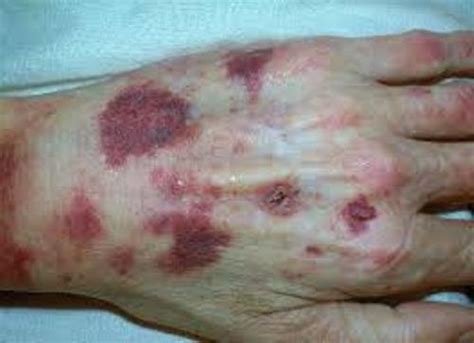
Shockingly, large doses can cause rebound scurvy - easy bruising and excessive bleeding.
Large doses can weaken your red blood cells - leading to the destruction of these cells and irritate the mucous membrane lining of gastrointestinal tract.
- May even lead to renal or kidney calcification.
It seems that people have been trained at the onset of getting a "cold" to take a high dose of ascorbic acid.

However, a high dose of ascorbic acid acts as an anti-histamine which is a drug that interferes with some of the initial stages of the biochemistry of inflammation.
- Inflammation is your body's natural process where it attempts to repair its tissue.
Although there may be some relief by taking a high dose of ascorbic acid - it will stop this important healing process.
Dr. Casmir Funk, the discoverer of the first vitamin (thiamin) and the man who invented the word, "vitamin," wrote: "Synthetic Vitamins: These are highly inferior to vitamins from natural sources, also, the synthetic product is well known to be far toxic."
Starting in the 1950's: nutritional studies started heading in the wrong direction.
At this point, you must be asking, "Why did natural vitamin complexes get replaced with the synthetic versions we now call vitamins?"
Sadly, during the 1950s and 1960s politics decided to side with the overly powerful medical establishment via regulations and laws to ban the use of natural nutritional complexes - in particular.
According to the Federal Food, Drug and Cosmetic Act, the term "drug" was (from about 1962 onward) defined to mean: "Articles intended for use in the diagnosis, cure, mitigation, treatment or prevention of disease."
What this means is that nutrients can now only be tested as drugs; isolated, synthetic chemicals would constitute the acceptable candidates
for such studies.

News of nutrients from 1962 onward from radio, medical journals, TV, newspapers, and magazines are almost entirely based on studies using fractionated, crystalline-pure, synthetic chemicals.
Which is why your seeing less and less of "real foods" at health food stores, and more and more aisles of supplements.
Sadly, "true science" is now being judged on the basis of an experimental method which measures, classifies, and duplicates reactions and effects of single chemicals.
Unfortunately, this rules out testing natural vitamin complexes, for they are not pure chemicals, but natural food components inexplicably intertwined with related nutrients both known and unknown.
- In the beginning of vitamin research, most all of the scientific experiments involved the use of natural, food-source nutrients and much was learned.
Also ruled out is seeing how a patient is doing and communicating with the patient as to their individual benefits, needs, and responses.
- In the past, nutritional studies were based on Empirical studies which is based on experience and observation. Also, working with actual people in real life circumstances or clinical practices.
- These "were" the tools of learning and they were also aided by deductive thought.
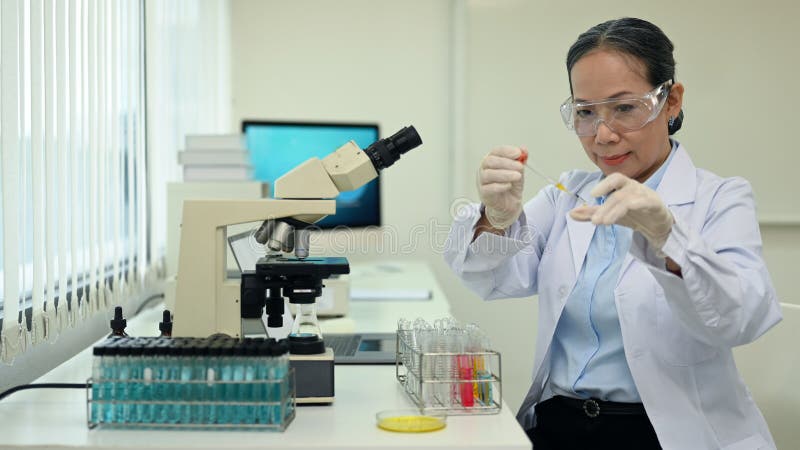
Unfortunately, nutritional studies turned away from empirical studies and clinical practices - to sterile and controlled drug tests. Which are usually done with test tubes, microscope slides, and rats by the way.
- Rats are known scavengers that can use and combine dead, damaged, or isolated food components. In other words, they can take a single chemical and convert it into something useful for their bodies - to an extent.
Disturbingly, human nutritional requirements and RDAs are based on the results from experiments done on animals, mostly lab rats.
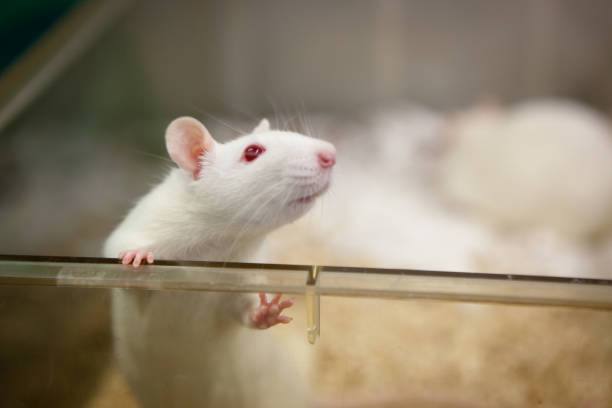
This should also blow your mind.........the amount found to alleviate disease in a rat or other laboratory animal is translated into the amount and form needed for humans.
This modern-day practice is inconsistent with biological knowledge and common sense! I"d be very cautious with "study results" these days.
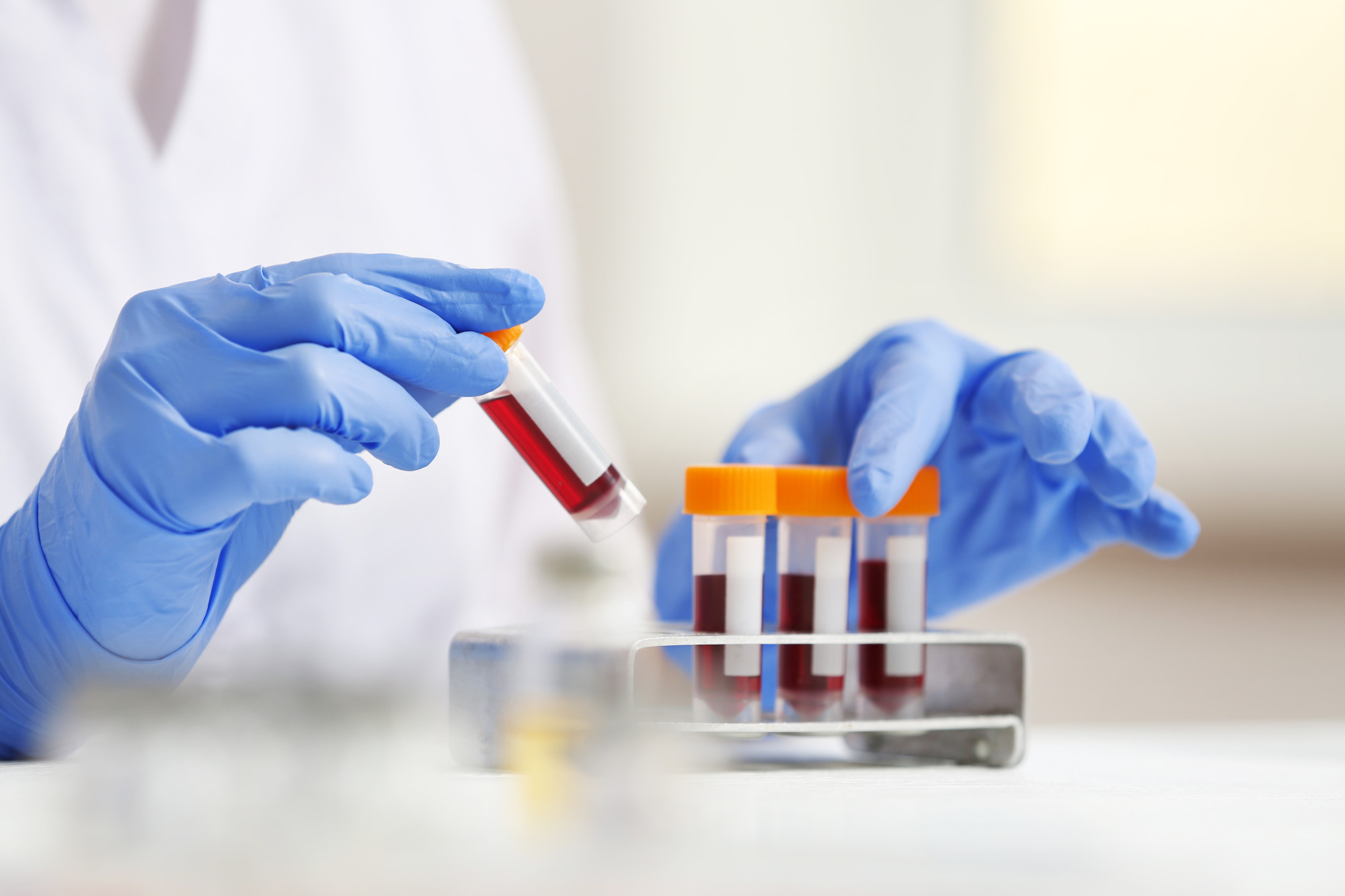
Lately, I have seen a lot of people that go on extreme diets - get blood tests. If a vitamin deficiency shows up, they seem to think popping a high-dose synthetic vitamin will do the trick.
Sadly, in most "scientific studies", the amount found in the blood is used to measure success.

The question is, can your body's cells really use synthetic vitamins as nourishment or will your cells consider them an alien substance?
- Please remember, when "isolated" from their complexes, vitamins cannot be expected to perform their specific functions any longer.
Success should be based on how well a nutrient works or functions, not just how much is absorbed or shows up in your bloodstream!!
It's the function not the dose that matters: eating raw foods is very functional.
Raw food benefits come from the function of whole vitamin complex nutrients that you get from eating raw foods and not from the measured quantity of just one component.
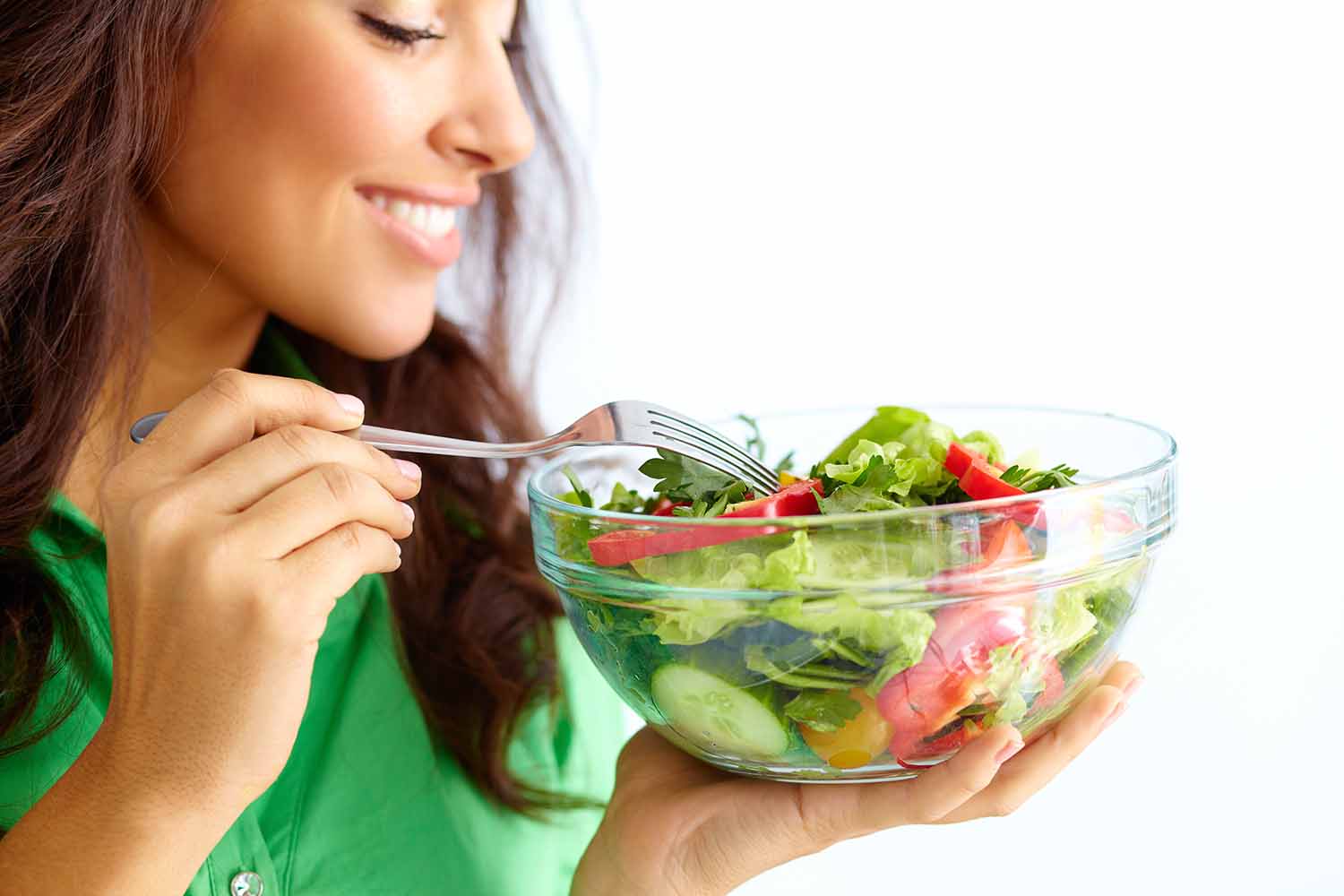

We were made to consume "live" and functional food complexes from whole foods found in Nature. Did you know there are many unknown "activators" present in whole foods?
- Man has not yet begun to identify them, let alone know what they are good for and how to duplicate them.
Vitamins from raw foods will be properly utilized by your body which makes them a safer and more functional choice.
Synthetic vitamins are "dead" and can not provide the nutritional support needed for good health, plus are almost always taken in a "high-potency" dose.

A large amount is required of the isolated vitamin to achieve a specific reaction in animals as well as humans.
However, not necessarily a nutritional reaction!!!
Did you know that any substance you ingest that your body doesn't recognize as food will be handled as a toxin?

And this toxin will be rushed through your circulatory system to your kidneys to be excreted. You might be flushing away your money!
Also, because high-dose vitamins create a drug-like effect, this can create imbalances which will cause more harm than good.
Vitamins from natural whole foods have a much lower "measured potency" and come with their natural synergists or co-factors.
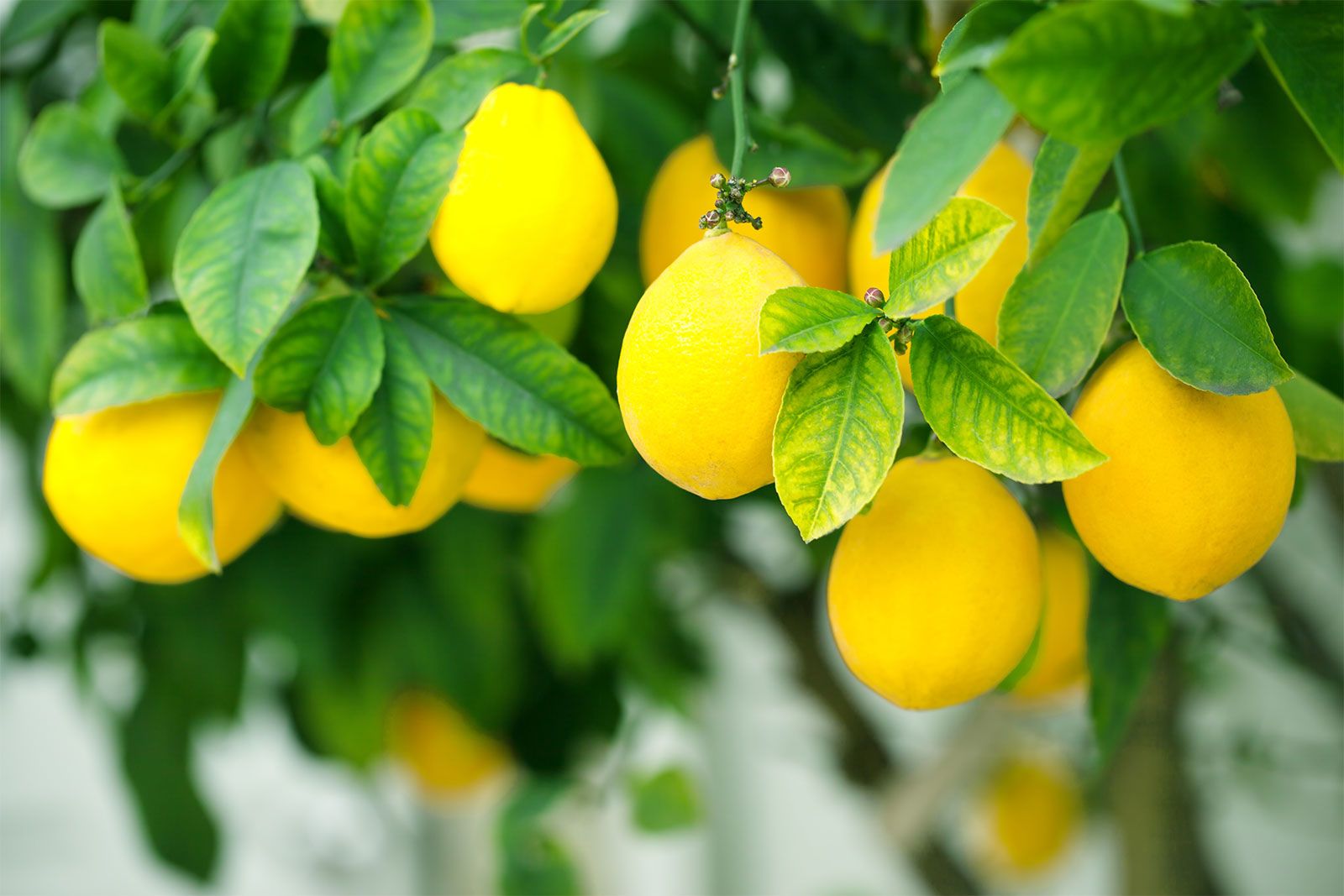
Natural food complexes do not cause adverse drug-like effects and there is very little risk of an overdose or creating an imbalance.
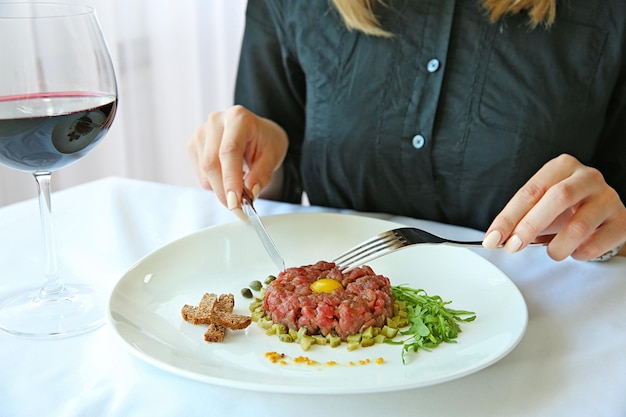
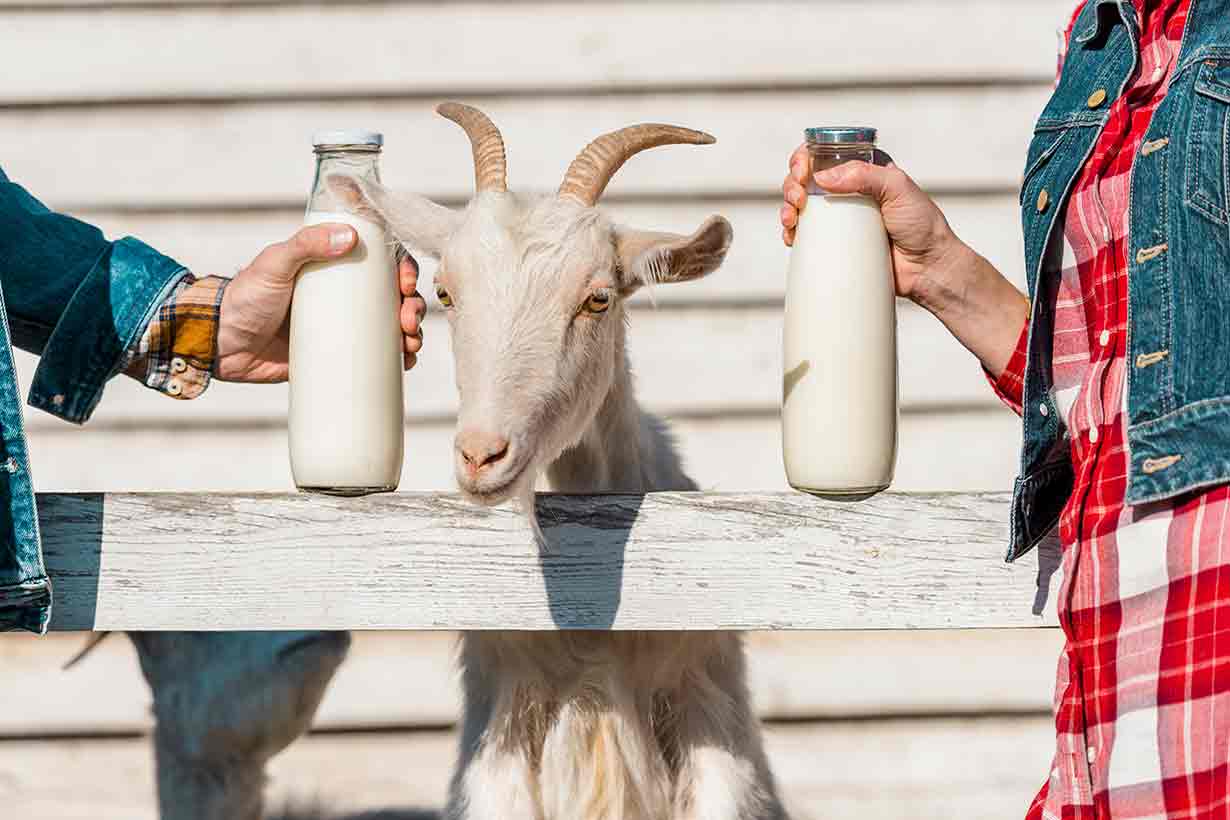
Vitamins you get from eating raw foods such as raw meat, raw milk, raw fruits, and raw vegetables will have a much greater function than taking synthetic supplements or even eating cooked foods.
Remember, living things can only be produced from living things!! And never from non-living matter.
Don't be fooled into thinking - your body won't know the difference.
Your body knows the difference between eating cooked and eating raw foods!
According to, The Real Truth About Vitamins & Antioxidants, "Arthur F. Cocoa, M.D., discovered that the heartrate (pulse count) rises after eating or ingesting a substance that creates an "allergic" reaction - toxic reaction.
The increased pulse rate means faster circulation, increased to accelerate the toxin's journey to the kidneys for elimination.
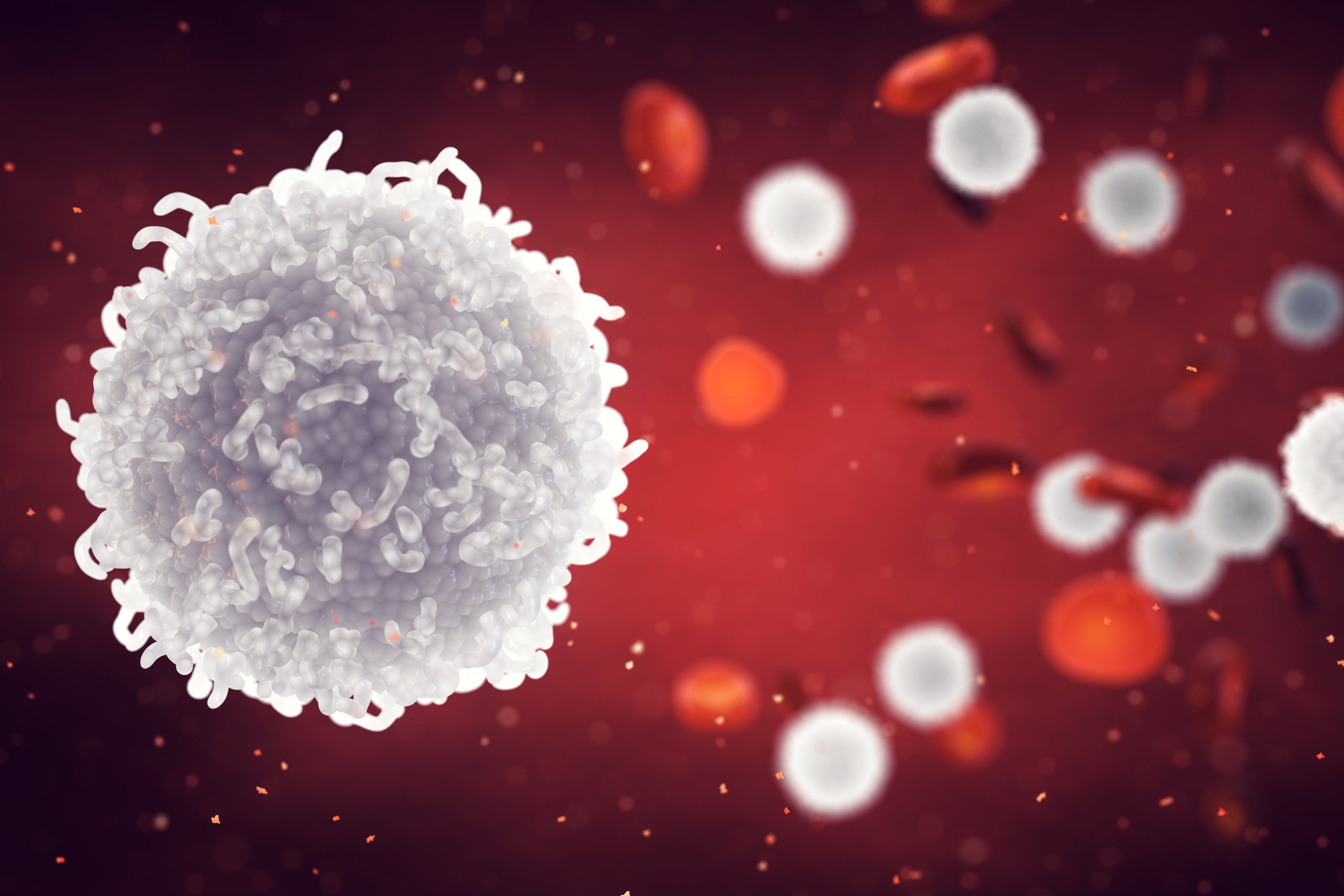
A related phenomenon is an increase in white blood cell (leukocyte) counts experienced after consumption of foods altered by high temperatures, refining, or processing .
Which never follows ingestion of raw foods, as documented by Paul Kouchakoff, M.D.

It is "food-stuffs in the state in which they exist in nature" that do not cause any "infringement" on the blood formula.
He stressed the importance of "quality of food".
The physiological phenomenon experienced by consumption of cooked or refined foods is a "pathological one," the body's reaction to toxic materials".
Choose real and "live" whole foods to put into your body.
Instead of fixating on certain food groups, choose a variety of real, live, whole, and organically raised foods. It's the whole diet and lifestyle that counts.
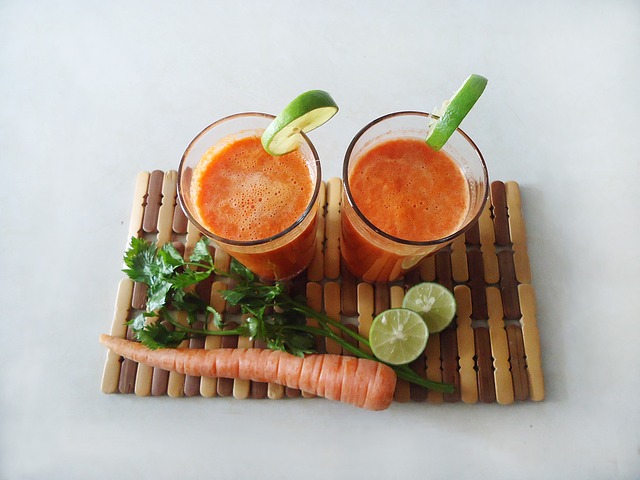
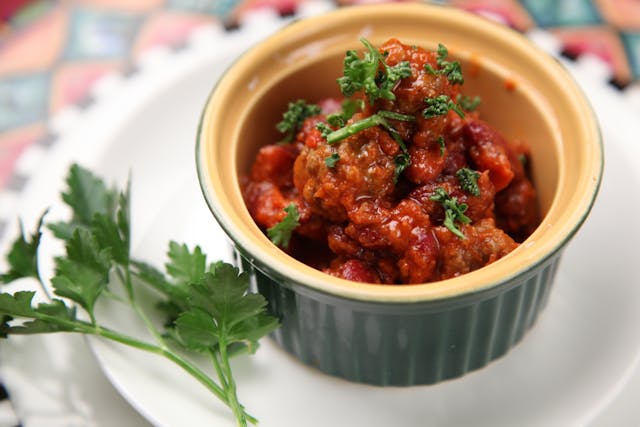
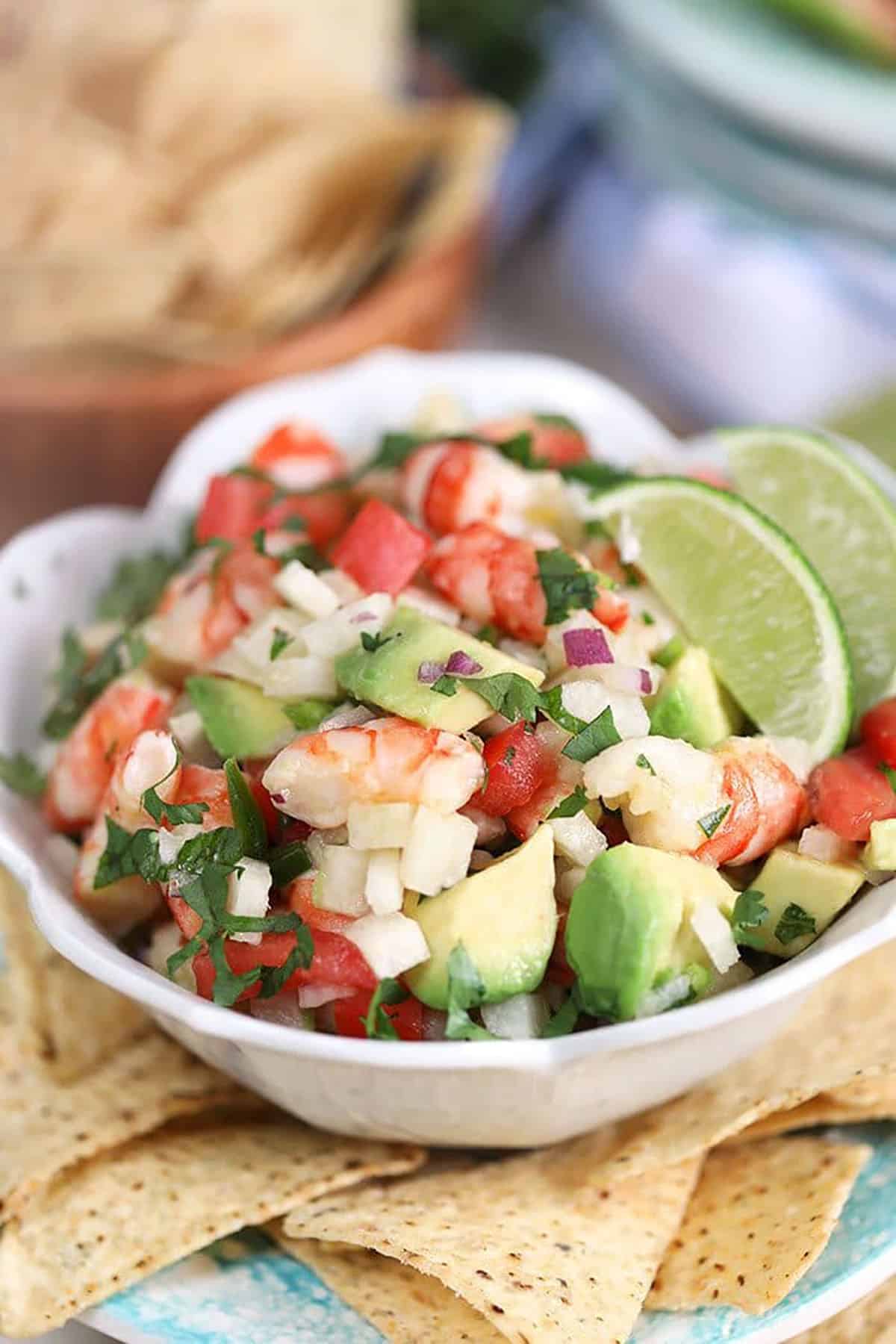
It might be a better idea to consume a variety of whole foods to get a variety of whole vitamin complexes. Learning how to make shrimp ceviche can help.
- Vitamin C is strongly influenced by the amount of vitamins E and A present in your system as well as by bioflavonoids and other naturally occurring co-factors.
Remember, complex vitamins function together, protect each other, and are all very important for your health.
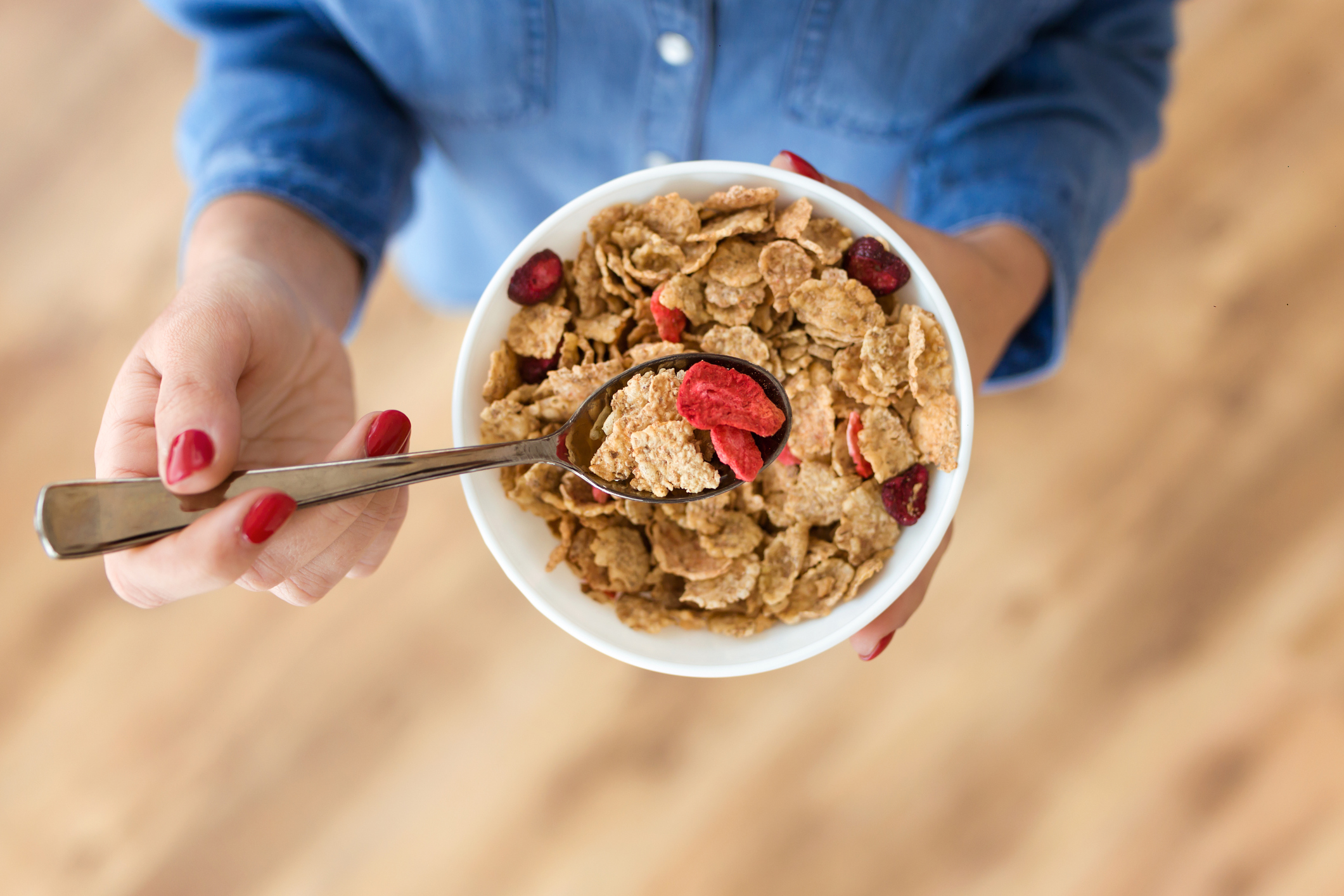
- Be sure to stay away from fortified foods which are spiked with isolated and synthetic vitamins.
It's imperative you realize that nutrients in foods are highly synergistic and interactive complexes. Always keep in mind, nutrients don't work very well when separated from the whole or have their life-force removed!
Enzymes: are you depleting your life-force?
Enzymes are complex proteins that act as catalysts which are involved with almost every biochemical process that takes place in your body.
The enzyme complex harbors a protein carrier which contains a living energy. There are many names for this living energy.

Names such as life force, life energy, life principle, vital force, vitality, and nerve energy have all been used to describe this living energy.
Enzymes give off a type of radiation and this radiation is the energy released as they work.
- This is different from the caloric energy liberated from food by enzyme action.
The book Enzyme Nutrition written by Dr. Edward Howell points out that each one of us is given a limited supply of internal enzymes at birth.

And the capacity to make enzymes which is your "enzyme potential" is limited and exhaustible which is contrary to popular belief.
Some think that their supply of enzymes is endless and won't be used up in the process of life, but this is simply not true.

Unfortunately, a great deal of your internal enzymes are wasted with the habit of cooking your foods.
Enzymes are very heat sensitive and they will vanish in a puff of smoke.
Enzymes are also wasted by consuming highly processed foods laden with chemicals, eating irradiated foods, medications, abusing alcohol, taking drugs, and other modern-day habits.

Even exposure to excessive hot or cold weather will deplete your enzymes.
Keep in mind, enzymes operate on both chemical and biological levels.
And science can't measure or synthesize this biological or living energy.
There are 3 classes of enzymes: the 3rd class of enzymes pre-digest foods in your food-enzyme stomach.
Metabolic enzymes are what run your entire body and represent
the largest class of enzymes. There are over a thousand metabolic
enzymes to date that carry on the work of your body every day.
All of your organs and tissues are run by metabolic enzymes! And they are needed in order for you to think properly.


Metabolic enzymes are needed to repair damage in your body and to heal diseases. These enzymes take proteins, fats, and carbohydrates - and structure them into healthy bodies.
Metabolic enzymes also assist your kidneys, lungs, liver, skin, and colon with their eliminative tasks.
Good health depends on metabolic enzymes being able to do their job and a shortage could spell disaster for your health.
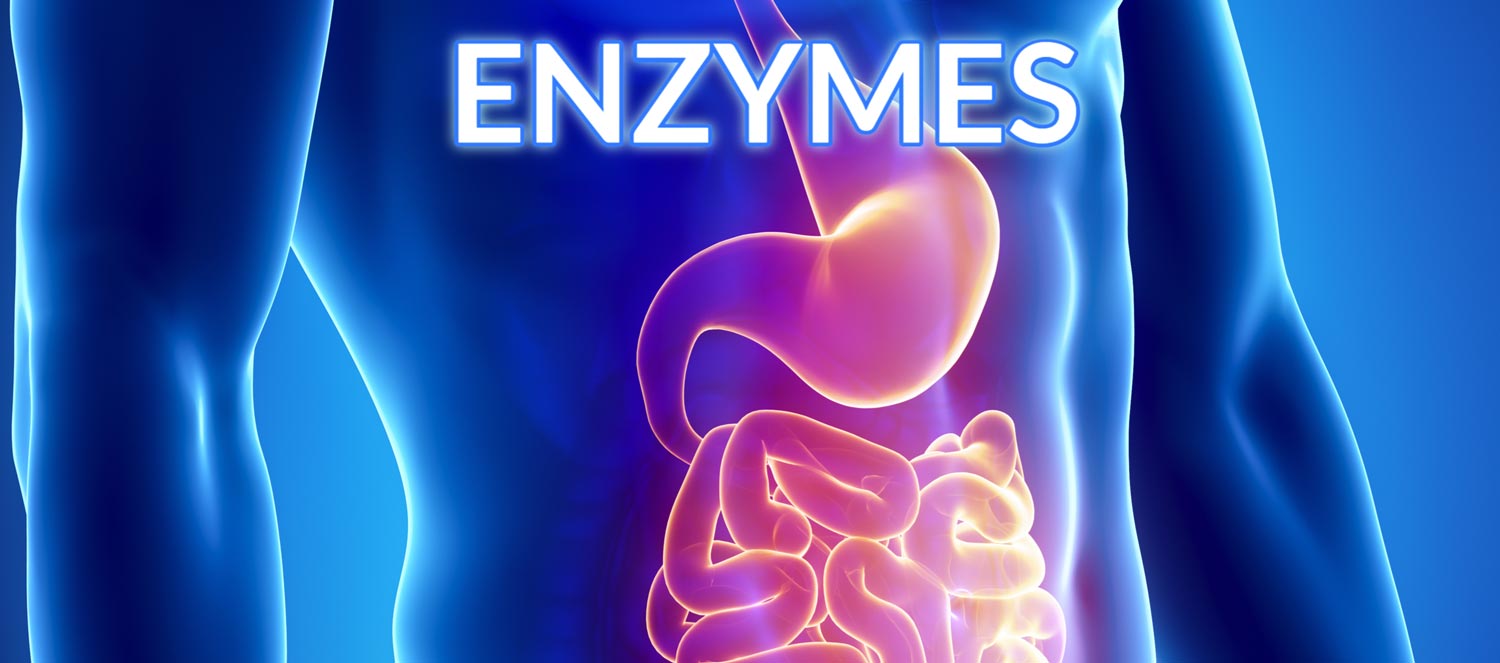
Digestive enzymes are the second class of enzymes and have only three main jobs; to digest proteins, to digest carbohydrates, and to digest fats.
Your body makes about 22 different digest enzymes. Did you know most of your digestive enzymes are produced by your pancreas?
Shockingly, you will use up more of your enzyme potential producing the 22 digestive enzymes than producing hundreds of your metabolic enzymes.
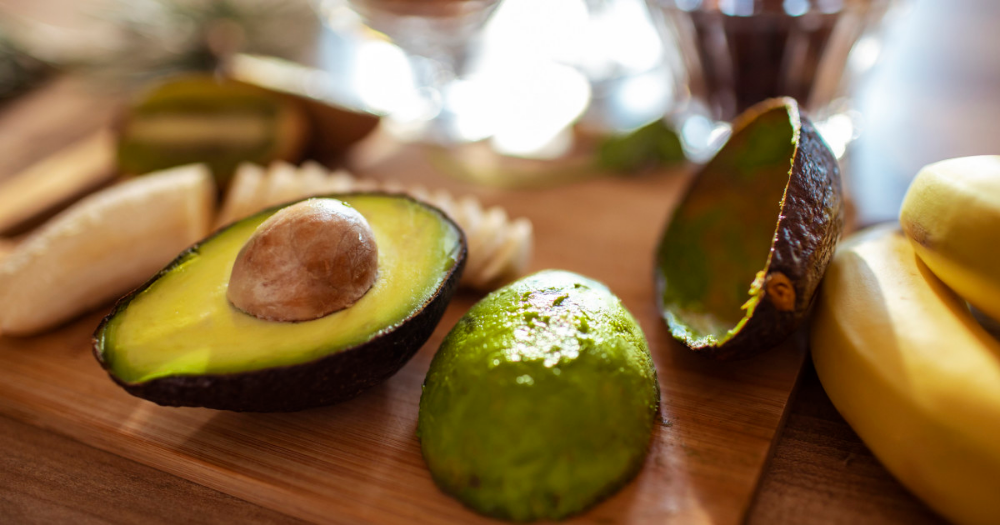
Food enzymes are the third class of enzymes and only found in raw foods. They initiate the process of digestion in your mouth and upper stomach which Dr. Howell called the food-enzyme stomach.
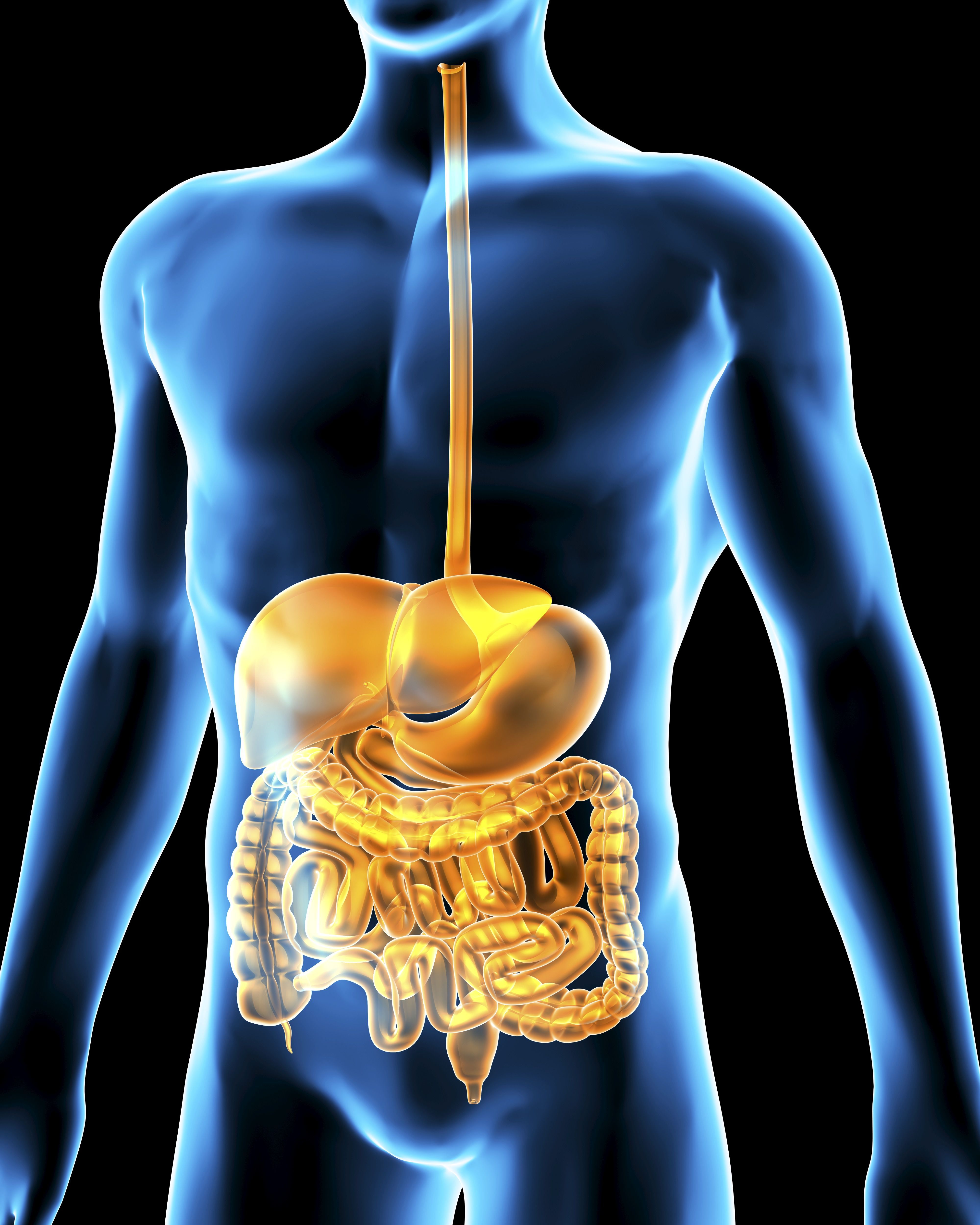
According to Dr. Howell, the formerly called "idle" cardiac portion of the human stomach is a non-glandular food-enzyme stomach where food enzymes help to pre-digest foods for up to an hour.
Food will then undergo more thorough digestion with strong digestive juices that are secreted in the lower part of your stomach and small intestine.
There are numerous food enzymes you can get from eating raw foods.
However, the three main enzymes are: Proteases for digesting proteins, Amylases for digesting carbohydrates, and Lipases for digesting fats.
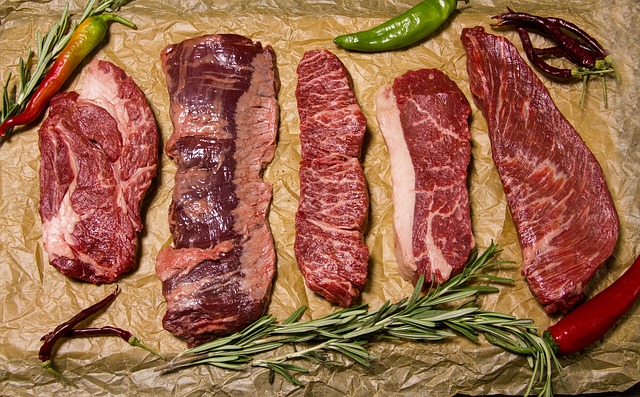
Raw meat contains a protease enzyme called cathepsin.
Cathepsin is also the enzyme that tenderizes meat when it's aged.
And the fat found in raw meat will also contain lipase.
Bromelain is a protease enzyme found in pineapple which is a tropical fruit known to help with digestion.
Bromelain is known for its ability to break down protein chains.
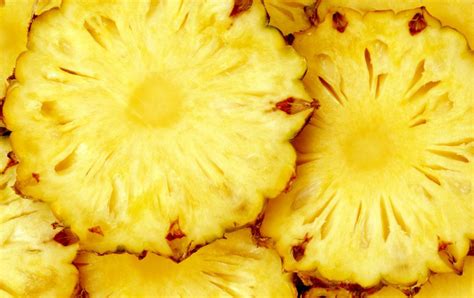

Papaya another tropical fruit contains a protease enzyme called papain.
Most people are familiar with eating ripe papayas.
Although, the amount of papain in the fruit lowers as it ripens.
However, green papayas are packed with papain.
One of the best sources of the amylase enzyme will be found in raw honey and spreading raw honey on a piece of bread for 15 minutes will help to pre-digest the bread before you even eat it.
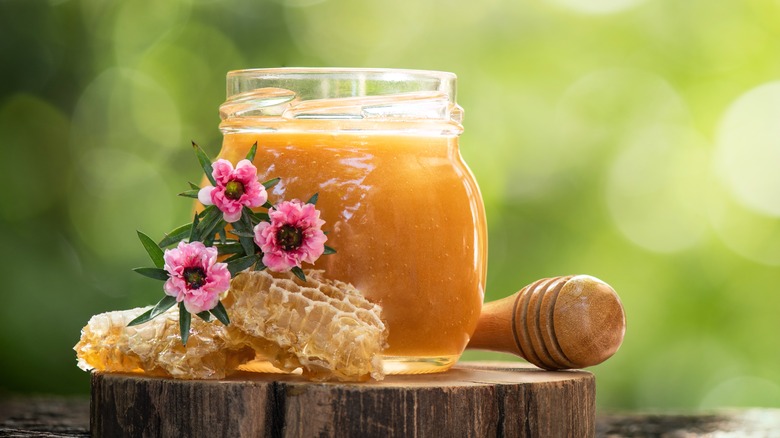
Raw, organic, unheated, and unfiltered honey is actually a powerhouse of nutrients. It contains amino acids, B vitamins, minerals, and up to 5000 different types of enzymes.
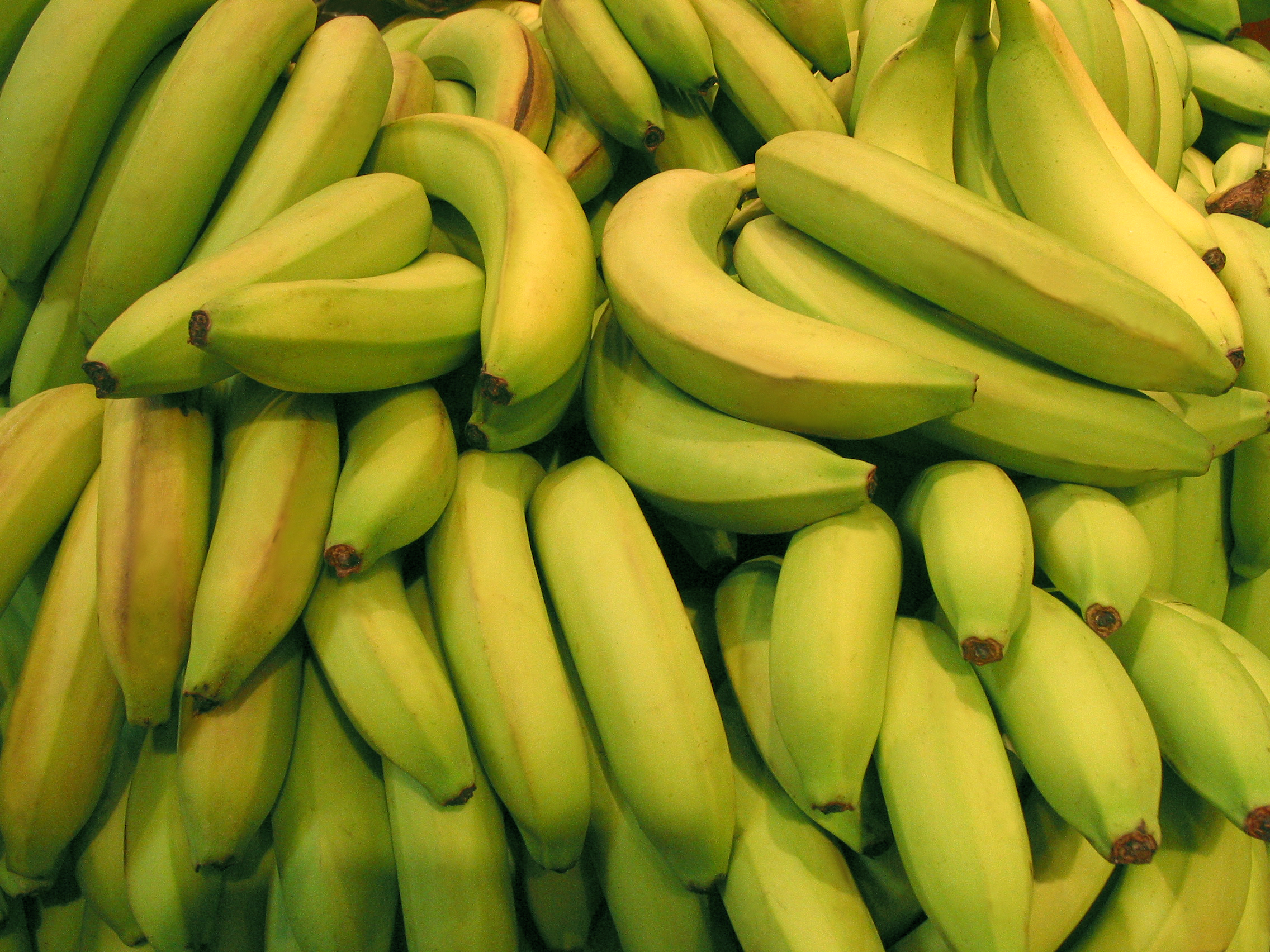
Bananas are another tropical fruit rich in the amylase enzyme.
Greener bananas may be higher in the enzyme than really ripe bananas.
Mango is a tropical fruit that contains a good amount of amylase which helps to break down carbohydrates into glucose and maltose.
All fatty foods contain lipase in their natural state. However, cooking or processing removes this precious enzyme.

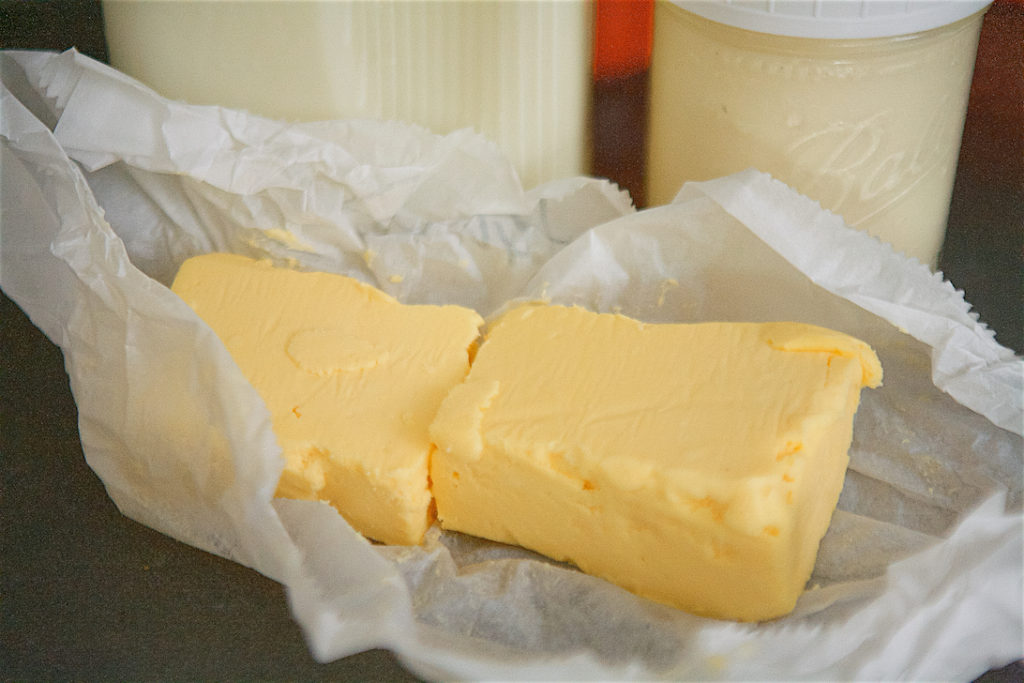
A very good source of the lipase enzyme is raw milk, raw butter, and raw cream. Lipase is also found in the fat of chickens, turkeys, geese, pigs, cattle, lambs, and seals.
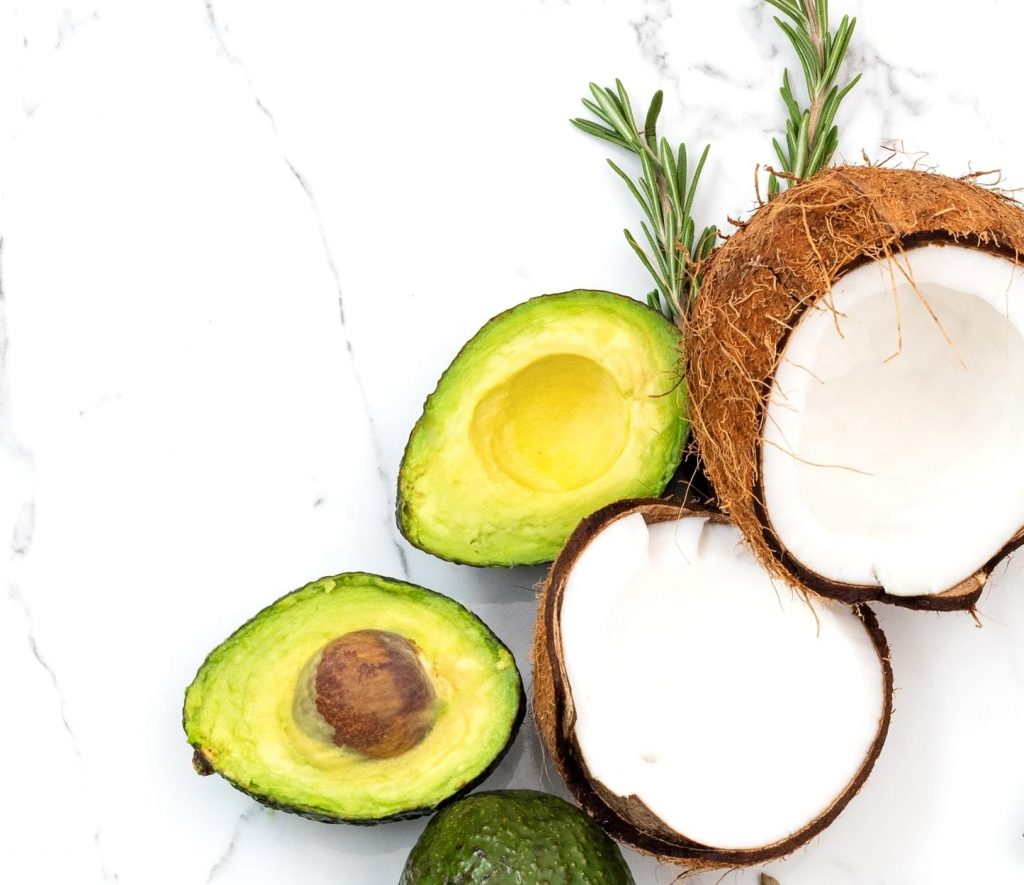
Lipase will be found in coconuts, avocados, and in olives.
However, this enzyme will most likely not be found in their oils because of the manufacturing and filtering process.
Lipase is found in oil-bearing seeds such as sesame seeds, flax seeds, and wheat seeds.
Soybeans and nuts also contain the enzyme lipase. Please be aware that nuts, seeds, and legumes will contain enzyme inhibitors that will need to be deactivated.
Dr. Howell was an advocate of eating raw foods such as raw cow's milk, raw butter, and raw honey.

He recommended eating raw fruits like fresh figs, fresh dates, mango, avocado, bananas, and grapes.
That's because of their enzyme content and because eating raw foods like these were very palatable.
The food enzyme concept and the law of adaptive secretion of digestive enzymes.
Dr. Howell taught that by eating raw foods and letting food enzymes do some of the work, according to The Law of Adaptive Secretion of Digestive Enzymes; this helps to conserve your internal enzymes and increase your enzyme potential.
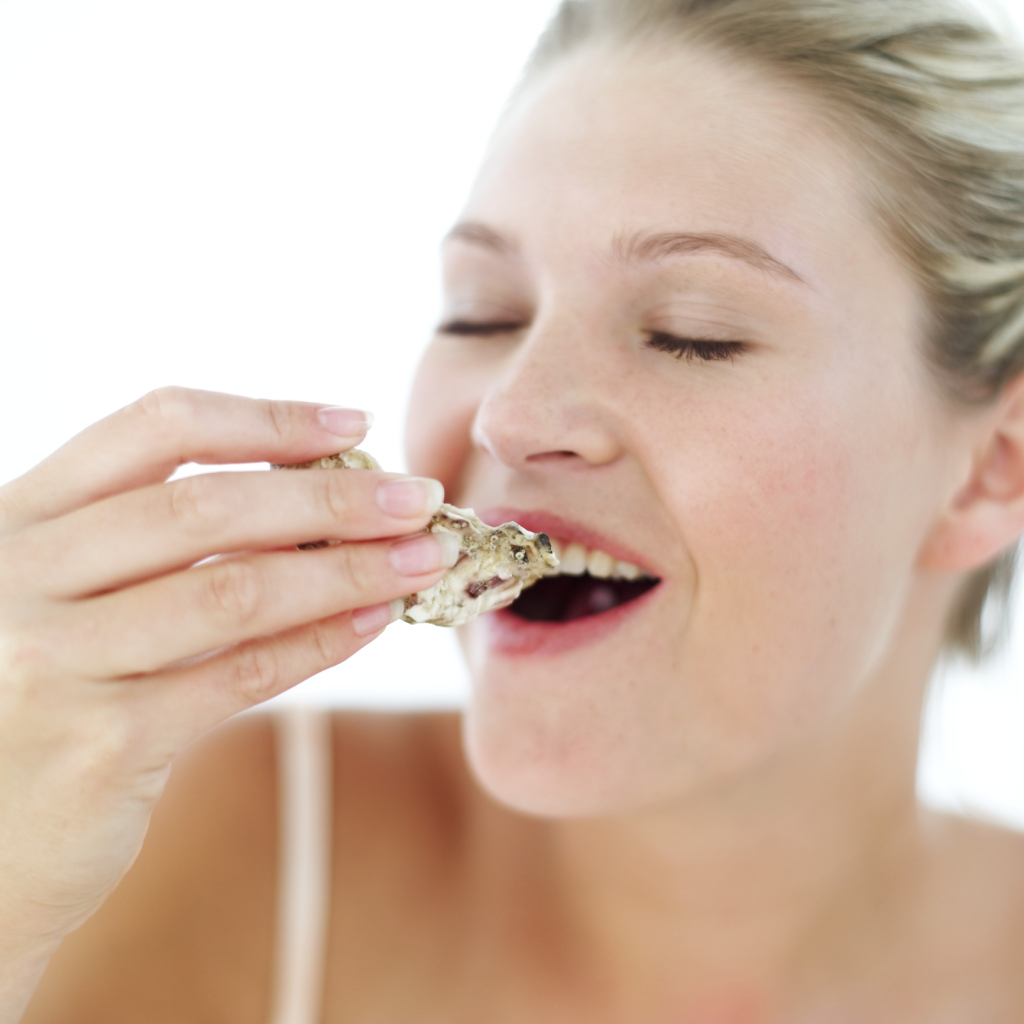
Dr. Howell's "Food Enzyme Concept" is a new way of looking at health.
You see by eating raw foods you'll ingest food enzymes and this will result in a significant degree of digestion.
And this will lower the drain on your body's enzyme potential.
Did you know your body devotes a huge portion of its enzyme potential just to making digestive enzymes?

This can mean big trouble because it puts a big strain on the production of metabolic enzymes that your body can produce.
There is big competition between digestive and metabolic enzymes!
Cooked foods can also put a big strain on the production of energy which could make you feel tired after a big meal.
The physiological laboratory of Northwestern University established in 1943 - The Law of Adaptive Secretion of Digestive Enzymes.
- It was found the amount of digestive enzymes varied with the amount of protein, fat, and carbohydrates it was called upon to digest.
- Prior to this it was assumed that enzymes were secreted in equal proportions.
- The Law of Adaptive Secretion of Digestive Enzymes holds that the organism values its enzymes highly and will make no more than are needed for the job.
In other words, if some of your food is pre-digested by enzymes already found in raw foods, your body will make less concentrated amounts of your digestive enzymes.

This increases your enzyme potential and increases the enzyme energy of your metabolic enzymes whose job is to maintain your health.
Remember, everything in your body is continually wearing out and must be replaced. This is called metabolism and it is a big part of your life.
Metabolic enzymes do this work and you will need plenty of them.
Food enzymes: what happens when you cook your foods?
In order to get food enzymes, one must eat raw foods. All plant and animal foods in the raw state will have enzymes.
Enzymes are one of the most important assets we possess, so you should not waste them because as we age, our enzymes become depleted.

Look at it this way, your enzyme potential can have a problem similar to your checking account - which becomes dangerously deficient if not continually replenished.
The heat used in cooking destroys all food enzymes and forces your body to produce more enzymes. This will eventually bankrupt you!
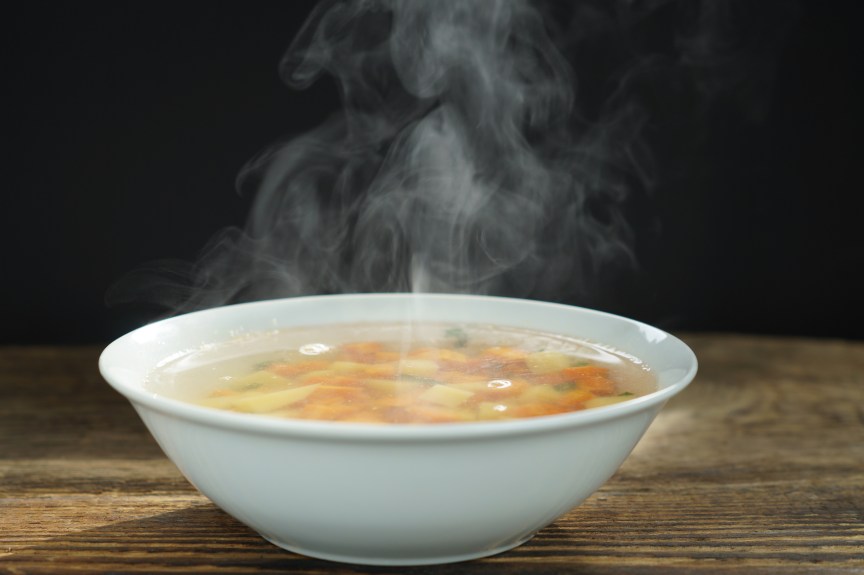

- All enzymes are destroyed at a wet-heat temperature of 118 degrees F. and at a dry-heat temperature of about 150 degrees F.
- Oxygen is lost and your food is now literally dead!
Many don't seem to know that there will be a heavy withdrawal of enzymes to digest a primarily cooked-food diet. This is how you become enzyme-poor even at middle age.
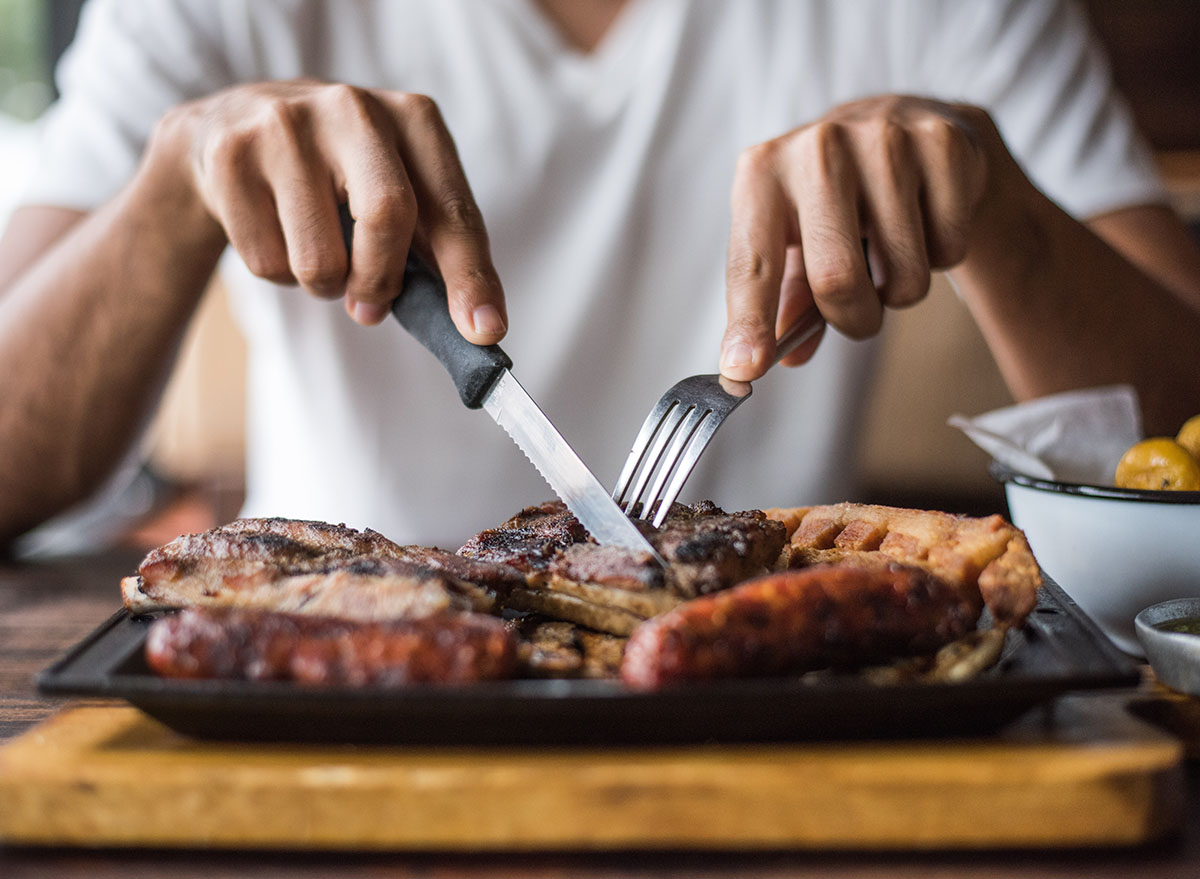
Dr. Howell stressed that people who eat an enzyme-less diet will use up a tremendous amount of their enzyme potential in lavish secretions of the pancreas and other digestive organs.
Your glands and major organs which include your brain will suffer the most from this digestive drain on your metabolic enzyme potential.
The result is a shortened lifespan, illness, and lowered resistance to stresses of all types be it psychological or environmental.
Dr. Howell shows how the pancreas swells to meet the great demand for its juices while other glands also abnormally adapt, and how the brain actually shrinks on an all-cooked and over-refined diet.
Smaller brains accompanies civilization: coincides with a "deficient" diet.
Have you noticed we have been conditioned to equate civilization with an increase in brain size?
However, fossil skulls have been found of cavemen 50,000 to 100,000 years old in which you could put a modern human brain into and have room to spare.
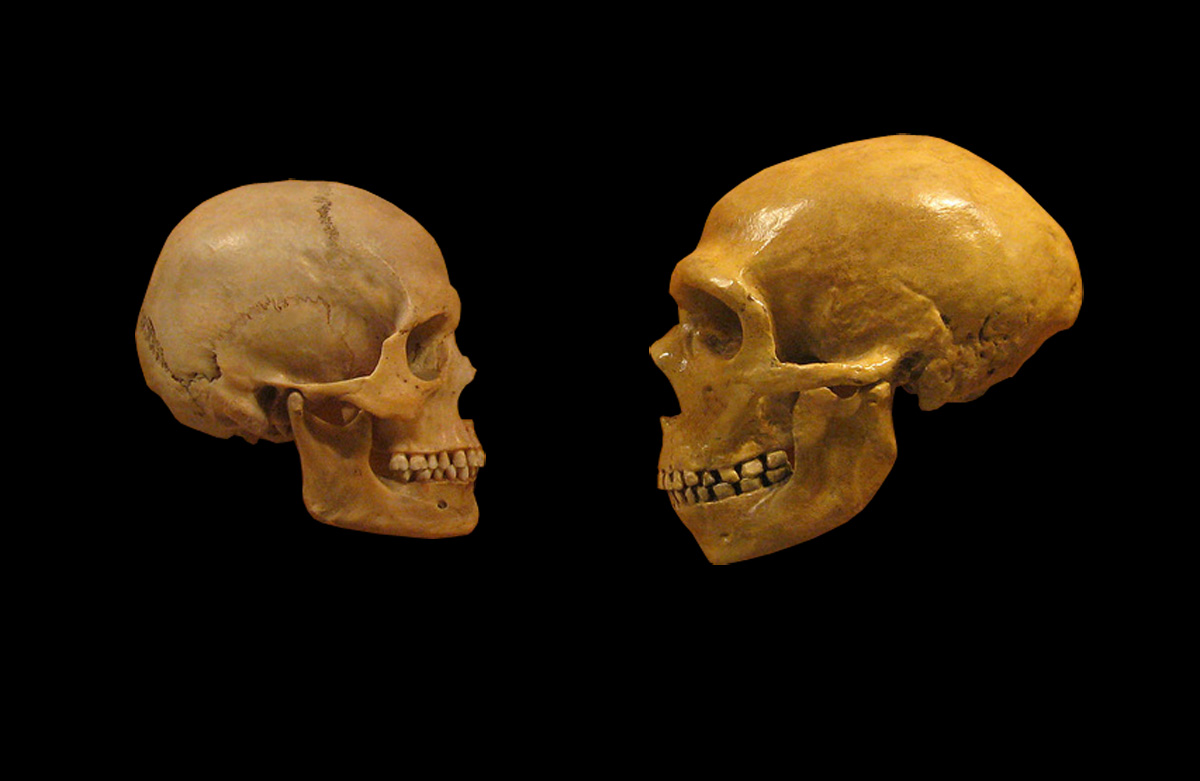
In other words, cavemen had bigger brains than ours, although it is more than likely our brains are larger in the frontal lobes where the intellectual faculties are found.
Did you know Charles Darwin noted that the domesticated rabbit has a smaller brain than his wild cousin?
Donaldson, who was one of the first scientists to work with the white rat in the laboratory, wrote the brain weight or cranial capacity of the rat, guinea pig, rabbit, fox, and lion is less in the captive state than in the wild.
Why does civilization have this affect on brain size you ask?
Dr. Howell has eluded that our brains and the brains of our domesticated animals have been affected by the consumption of cooked and processed foods that civilization created.
He stated, "When civilization took man and his domesticated animals under its umbrella, the food of all of these creatures became markedly changed".
Pottenger's cats: implications of study are vast and showed how detrimental cooked foods are to health.

Pottenger's cats was a study in nutrition that showed detrimental changes occurred when cooked foods were fed to cats.
This study was done in the 1930's by Francis M. Pottenger, Jr. who was a physician.
This study involved 900 cats and lasted 10 years.
Connected to the cat study was Pottenger's interest in tuberculosis and other respiratory ailments.
At the time, he was developing adrenal gland extracts to treat these illnesses.
He originally used the cats for the process of standardizing the potency of the hormones in his adrenal extracts.
He began to observe very different health outcomes in the cats when he fed them cooked versus raw meat. This observation is what actually led to the cat study which focused on variations of their diets.
- These variations were raw meat versus cooked meat. Raw milk versus different types of heat-treated milk. And all diets included cod liver oil.
Pottenger did this cat feeding study because he felt the findings might shine a light upon "new facts" about optimal human nutrition.
The cat study included several generations of cats and Pottenger diligently recorded his observations of their calcium and phosphorus levels, skeletal structures, etc.
Results from the cat study: cats fed a raw food diet.
The cats fed a diet of 2/3 raw meat, 1/3 raw milk, and cod liver oil showed uniformity in their sizes and in their skeletal developments.
The configuration of the female skull was different from the male skull. And each sex maintained its distinct anatomical features.

From generation to generation they maintained a regular, broad face and wide palate with plenty of room for teeth.
They were resistant to infections, to fleas, and to various other parasites, and showed no signs of allergies.
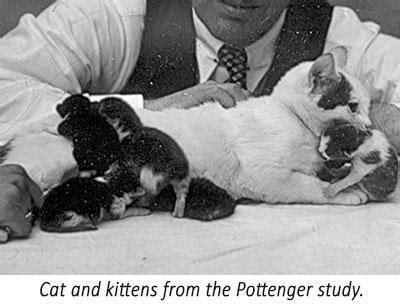
Cats on a raw food diet displayed reproductive ease and friendly behavior. Tissue tone was excellent and fur quality was good with very little shedding.
Results from the cat study: cats fed cooked foods.
The cats fed a diet of 2/3 cooked meat, 1/3 raw milk, and cod liver oil reproduced a heterogeneous strain of kittens, with each kitten being different in size and skeletal pattern.
There were many variations in the facial and dental structures of the second and third generation of cats that were fed cooked meat.
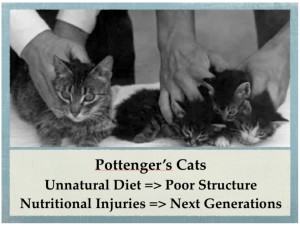
Heart problems, respiratory illnesses, eye-sight problems, underactivity or inflammation of the thyroid gland occurred. Infections of the kidney, liver, testes, ovaries, and bladder were also some of the problems that commonly occurred.
Pregnancies and deliveries were generally more difficult with many cats dying in labor. The mortality rate of kittens was high.

Cats had long bones which tended to increase in length and decrease in diameter, with the hind legs commonly increasing in length over the forelegs. In the third generation, some of the bones became soft as rubber.
They showed more irritability and females even became dangerous to handle while males became more docile. Vermin and intestinal parasites were a problem. Skin lesions and allergies also appeared frequently.
Sadly, these cats came to suffer from most of the degenerative diseases seen in humans.
The cat study: and the implications for humans!
The implications of the Pottenger's cat study are vast and have revealed both the detriment of eating cooked foods and the power that eating raw foods can have on health.
To be clear, Dr. Pottenger never stated that a one-to-one comparison could be made between his findings in cat nutrition and his findings in human nutrition.
He did say, "While no attempt will be made to correlate the changes in the animals studied with malformations found in humans, the similarity is so obvious that parallel pictures will suggest themselves."
Dr. Francis Pottenger Jr. began to investigate the changes that occurred in human anatomy over a span of four generations - starting from 1900 to 1960.
Preliminary findings revealed that dramatic changes had occurred in the anatomy of the American male and female.

The turn-of-the-century male had broad shoulders, stocky neck, and narrow hips.

In contrast, modern-day figure had small & weak shoulders, a longer neck, and a broad pelvis.
The reverse appeared to be happening to the anatomy of the American female.

Turn-of-the-century female figure had narrow shoulders and a broad pelvis.

A female figure in 1960, showed broader shoulders and a narrow pelvis.
Similarly, experimental studies with animals has shown a loss of secondary sexual characteristics after two or three generations on a deficient or impoverished diet.
- Males lose their heavy masculine frame and their general contour begins to resemble the female.
- Females also tend to lose their distinguishing build, so that both sexes approach a state of physical neutrality.
From Pottenger's Cats A Study In Nutrition, "In applying the principles learned from our experimental work with cats to human beings, we find that (1) all people are influenced by preceding generations and (2) people can be healthy only if the stock from which they come is healthy, and the food they eat is adequate".
Did you notice our younger generations appear to be suffering from a very impoverished or deficient diet these days? Sadly, many are sick.

That's because our foods have been progressively depleted of nutrients such as whole vitamins and enzymes from the refining, cooking, canning, destructive farming practices, pasteurization, and homogenization of our foods.
These all contributed to a hereditary breakdown which has negatively affected the younger generations.
Pottenger's regenerating cats: put back on a diet of only raw foods.
After witnessing the degeneration of the health of cats on a cooked food diet, Pottenger decided to test the potential of the regeneration diet by putting these cats back on a raw food diet.
He found that regeneration was indeed possible, though minor health problems did persist even into the third generation.
Dr. Pottenger took the first and second generation groups of
deficient cats that were fed a cooked meat diet and returned them to a
raw meat diet or the optimum diet.
- He classified them as regenerating animals of the first and second orders.
They were originally fed cooked meat, raw milk, and cod liver oil. For this experiment the regenerating animals and their progeny were fed the optimum raw diet of raw meat, raw milk, and cod liver oil.
Pottenger did this to measure the time needed to rebuild their health to that of the normal cat group which were fed the optimum raw food diet.
- He found it required 4 generations for the first and second order to regenerate to a state of normal cat health.

Improvement to resistance of disease was noted in the second-generation of the regenerating cats.
But allergic manifestations persisted into the 3rd generation.
In the 3rd generation, skeletal and soft tissue changes were still noticeable, but to a lesser degree.
By the 4th generation, most of the severe deficiency signs and symptoms disappear but seldom completely.
Eating raw foods does appear to contain the nutrients which can help to build a strong body and allow regeneration to take place.
The raw food diet: famous raw body-builder and raw food belief system.
Armand Tanny was a famous Santa Monica beach bodybuilder known for eating raw foods. Armand had also been a competitive weightlifter from an early age and was a professional wrestler.

Armand spent several months on tour in 1947 in Hawaii and was amazed by the impressive bulk and strength of his Polynesian wrestling opponents.
- The local Polynesian wrestlers consumed an almost entirely raw diet of raw fruits, fish, meats, and vegetables.
When he came back to the mainland he was still interested in this raw food diet, but was still not convinced it was the right thing to do.
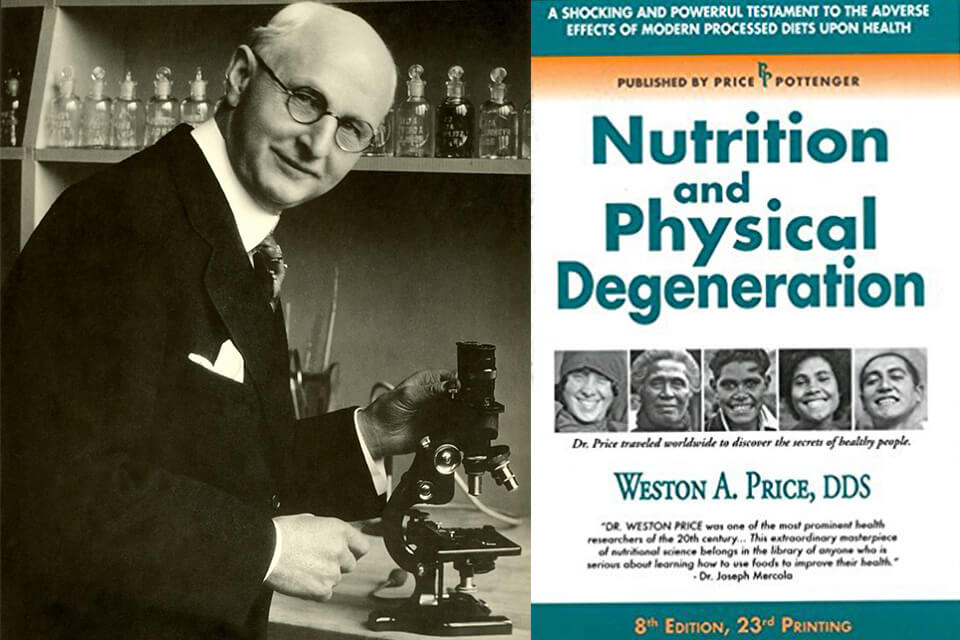
After months of research, Tanny eventually stumbled upon the work of Weston A Price.
Price was the controversial dentist who had written extensively on the diets of traditional societies.
Many of these traditional societies shared the Polynesian wrestler's preference for eating raw foods.
Now armed with Dr. Price's nutritional study, Armand shut off his stove and began his journey of eating raw foods.
Armand Tanny begins eating a raw food diet.
Armand Tanny followed an almost entirely raw food diet. Which meant he ate raw meat and would only have his milk raw.
Tanny also consumed ample amounts of raw seafood like tuna, lobster and even raw clams that he would collect from the Santa Monica Pier in California.
Additionally, he consumed raw liver and a healthy amount of raw nuts, vegetables, and fruits to round out his diet.

Within two years, Tanny substantially improved upon his already impressive physique to the extent that he won the 1949 Pro Mr. America and 1950 Pro Mr. USA competitions.
In later years, Tanny estimated that he ate between 3/4 to 1.5 lbs. of raw meat daily, an amount he believed supplied him with creatine in its purest form.
Later he made a living managing his brother's gym chain and writing about fitness and bodybuilding for his friend Joe Weider's publications, including Muscle Power magazine
Armand Tanny remained robust for several decades until his death at the age of 90. Suggesting, that for him eating raw foods turned out to be a good thing after all.
Old school bodybuilders: many strong men ate raw foods.
Nothing gets my goat more than people that say, "milk is only for babies". I wish they had lived "back in the day" when body-builders used raw milk to build muscle.

Vincent Gironda the "Iron Guru" was an American professional bodybuilder and personal trainer whose pupils won a lot of contests. Vincent was a huge advocate of raw milk and raw cream.
He was also a big advocate for eating raw eggs and liked eating steak tartare.
Harry Smith was a long-time gym owner, ex-pro wrestler, and Santa Monica Muscle Beach alumnus.
He stated that many of them tried to keep their eating clean, and that on a number of occasions would frequent a small deli about 1/2 block from the beach.
The deli offered freshly ground beef. Some of the guys mixed the raw beef with raw onions and a little salt/pepper. Then washed it down with raw milk.
Belief system of the raw foodist: eating raw foods is better for your health.
The raw food diet is a lifestyle promoting the consumption of un-cooked and un-processed foods. Also, high quality organic foods should make up a large percentage of your raw meals.
- If 75 - 100% of a person's total food consumption is raw food, he or she is considered a raw foodist.
Raw foodists believe that the consumption of cooked foods will cause the degeneration of one's health.
- They strongly believe that cooked foods contain harmful toxins which will eventually lead to health problems.
- Cooked food meals are also thought to be highly addictive and have a drug-like effect on the body.
Raw foodists believe that eating raw foods help to prevent many forms of chronic disease.
- As you have just learned eating raw foods will give you enzymes and whole vitamin complexes which are necessary for good health.
Raw foodists also believe the greater the percentage of eating raw foods, the greater the raw food benefits.
Primitive raw foodists: Eskimos didn't seem to like salt.
Eskimo which is derived from an American Indian language, means "he eats it raw". They are probably the most well known raw foodists in the world.

The primitive Eskimo was a hardy and healthy people whose original habits and customs may give us valuable insights on how to achieve a higher level of health.

The Eskimo always used the food enzyme cathepsin (protease enzyme) of meat and fish to help with its pre-digestion and digestion.
In other words, they liked to eat their meat and fish in an autolyzed state.
This created new flavors and made these proteins easier to digest.
According to the book, Enzyme Nutrition written by Dr. Edward Howell, Eskimos abhorred adding salt or sodium chloride to their food.
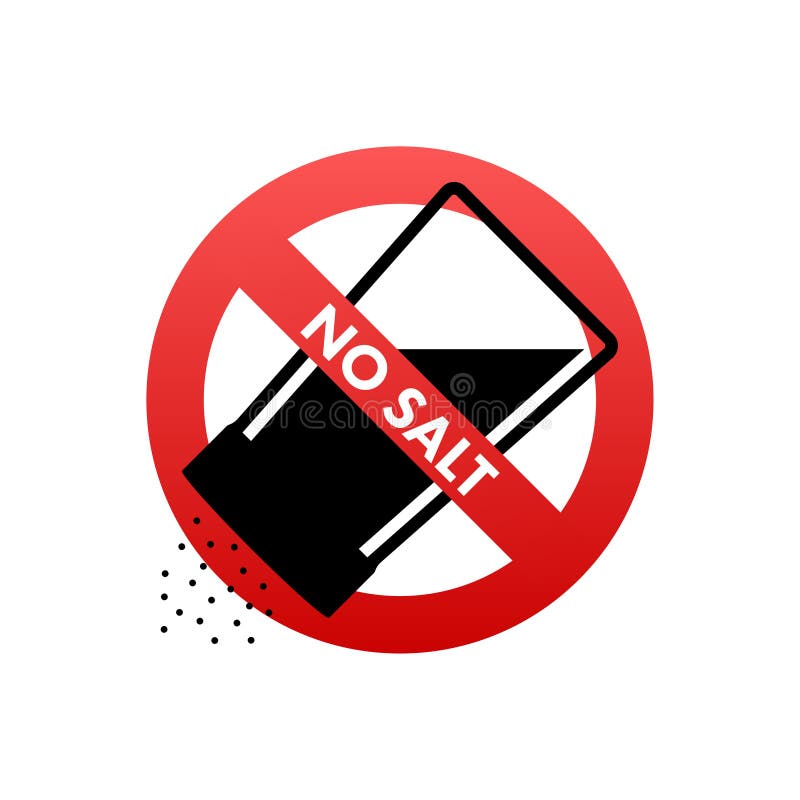
In fact, when an infrequent visitor gave them some salt as a gift, they would save and pass it along to the next white man that showed up
Interestingly, the high chloride level in their blood was something very special.
Eskimos, using no salt, had more chloride in their blood than the white man who eats table salt freely.
It appears, just like with vitamins - it's better to consume intact minerals that were "grown" into raw foods which creates better health.
As opposed to isolated "pure" minerals which are randomly added to foods and drug-like supplements in our civilized societies.
I personally think that salt is misunderstood by so many people in the health movement. I believe that it can create imbalances much like synthetic supplements do.
According to this article, "The War on Salt," salt was used to enslave mankind.
The raw food diet: you can do it your way!
There are many ways to do a raw food diet. Some people prefer eating raw foods like raw meat while others like to focus more on plant foods.
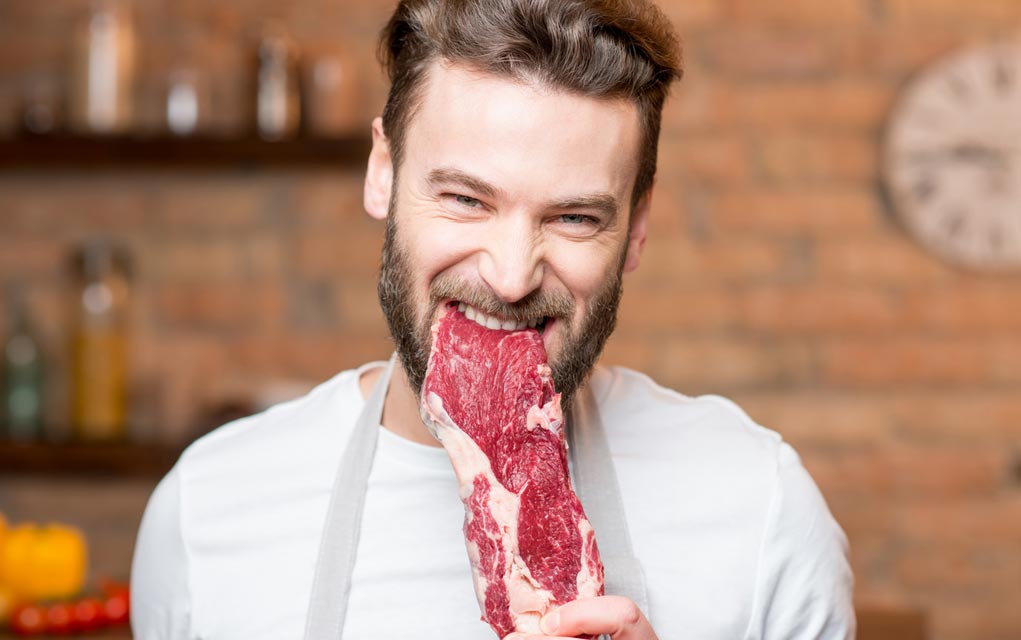

- Some people prefer a more low carb way of eating while others will prefer a higher carbohydrate diet.
You can go on a 100% raw food diet or consume a little bit of cooked foods. As long as your eating raw foods in the 75% range, you are a raw foodist.
Be sure to make healthy choices when it comes to consuming cooked foods. Cut down on food toxins like acrylamides and maybe use this tip.
Have you heard that bone broth can help with the digestion of cooked foods?
Raw foods consist largely of hydrophilic colloids which are essential to the digestion process. During the digestion process, raw foods will become gelatinous.
- The heat used in cooking separates their colloids and alters their hydration capacity which interferes with the digestion process.

Gelatin which is found in quality bone broth can act as a supplemental hydrophilic colloid for dietary usage in combating digestive disturbances caused by consuming cooked foods.
Eating raw foods has given me less digestive problems and can be a great experience once you understand the way your body works.
However, do your own research and figure out what works best for you.
I truly hope you get to experience some of the raw food benefits that come from eating raw foods. If I had to choose my most favorite raw food, it would be A2 raw milk.
However. for strength and power - it's hands down eating raw meat!
- Home
- Eating Raw Foods
Resources
1. Top 18 Raw Meat Dishes in the World, Last update March 20, 2025, Tasteatlas
2. 15 Raw Meat Dishes from Around the World by Sam Dean, May 20, 2013, bon appetit
3. 28 bloody good raw beef dishes from around the world by Annie Andre, Updated January 10, 2024
4. The Real Truth About Vitamins & Anti-oxidants by Judith A. DeCava, CNC, LNC, Second Edition 2006, Selene River Press, Inc.
5. Enzyme Nutrition by Dr. Edward Howell, Avery Publishing Group Inc. Paperback January 1, 1995
6. Edward Howell, MD by Sally Fallon and Mary G. Enig, PHD, January 1, 2000, The Weston A Price Foundation
7. Pottenger's Cats: A Study in Nutrition by Francis M. Pottenger, Jr., MD, The Price-Pottenger Nutrition Foundation, Paperback June 1, 2012
8. Pottenger's Cats: Early Epigenetics and Implications for Your Health by Stephanie Cold, November 13, 2014, Price Pottenger
9. Armand Tanny and Raw Meat Bodybuilding, Published by Conor Heffernan, August 2, 2016, Physical Culture Study
10. Splendid Specimens: The History of Nutrition in Bodybuilding by Randy Roach, December 14, 2004, Weston A Price Foundation
11. Milk, Modernity and Muscles: Raw Dairy and Bodybuilding in 1960s America by Conor Heffernan, First Published August 19, 2022


